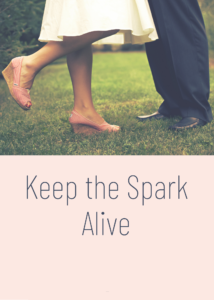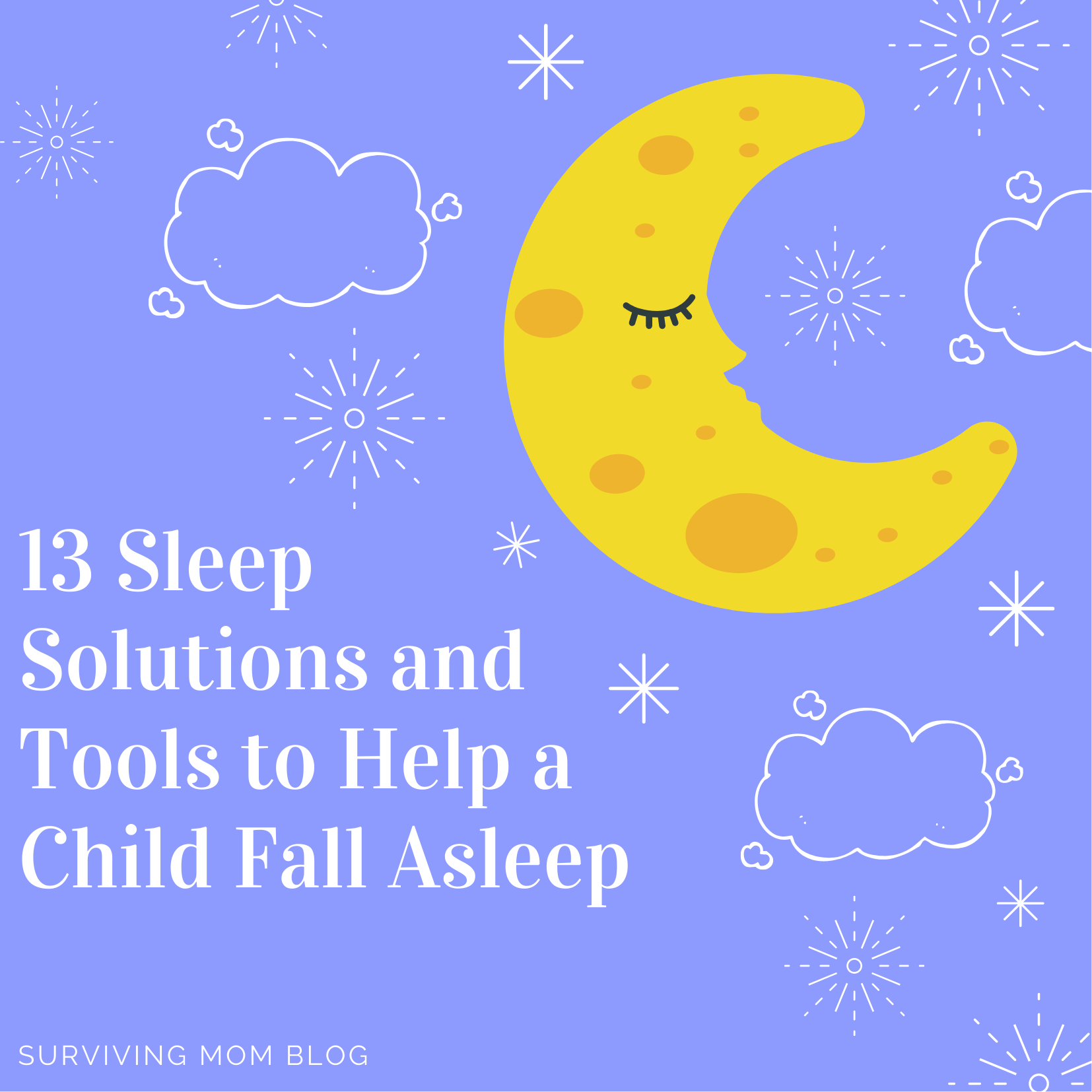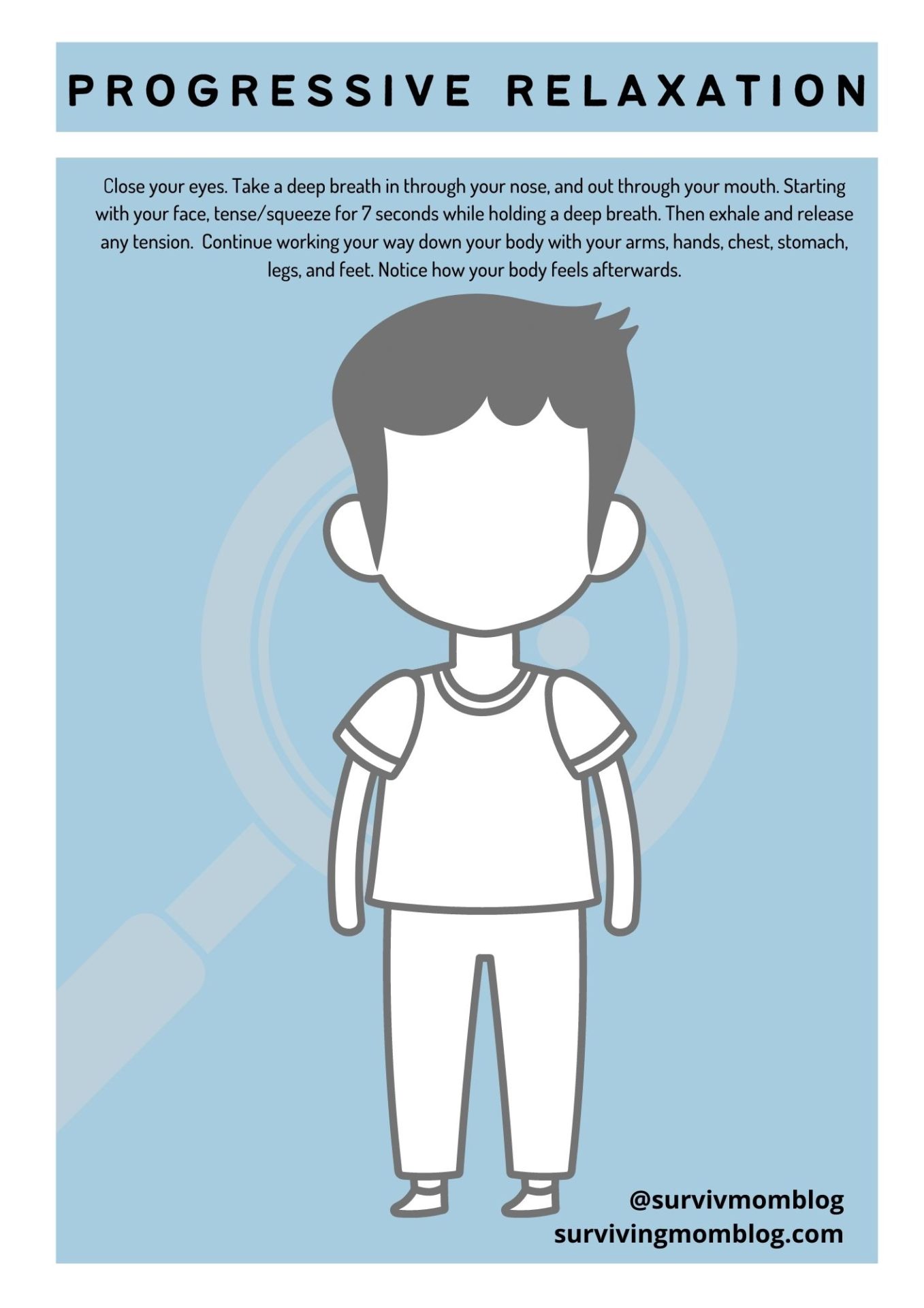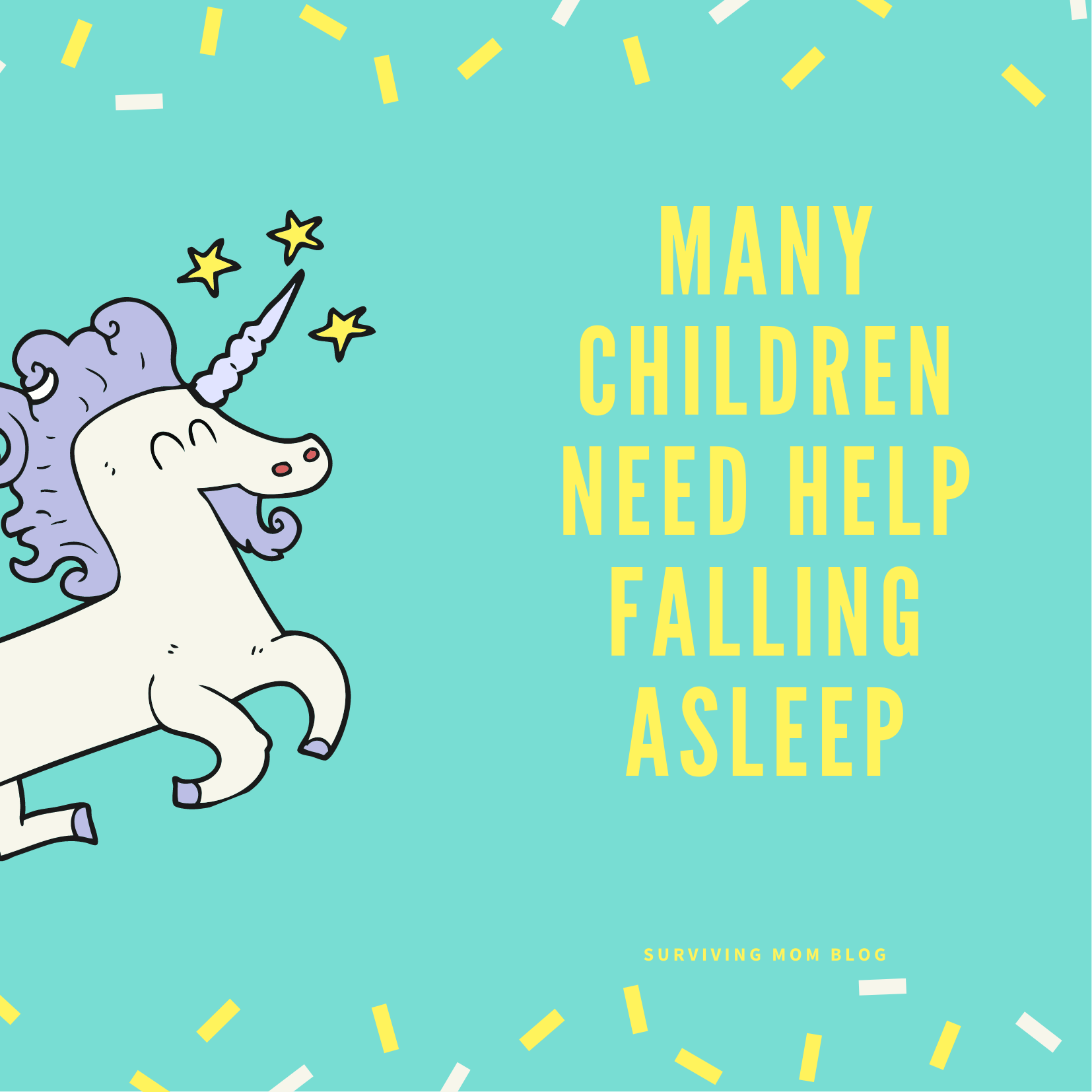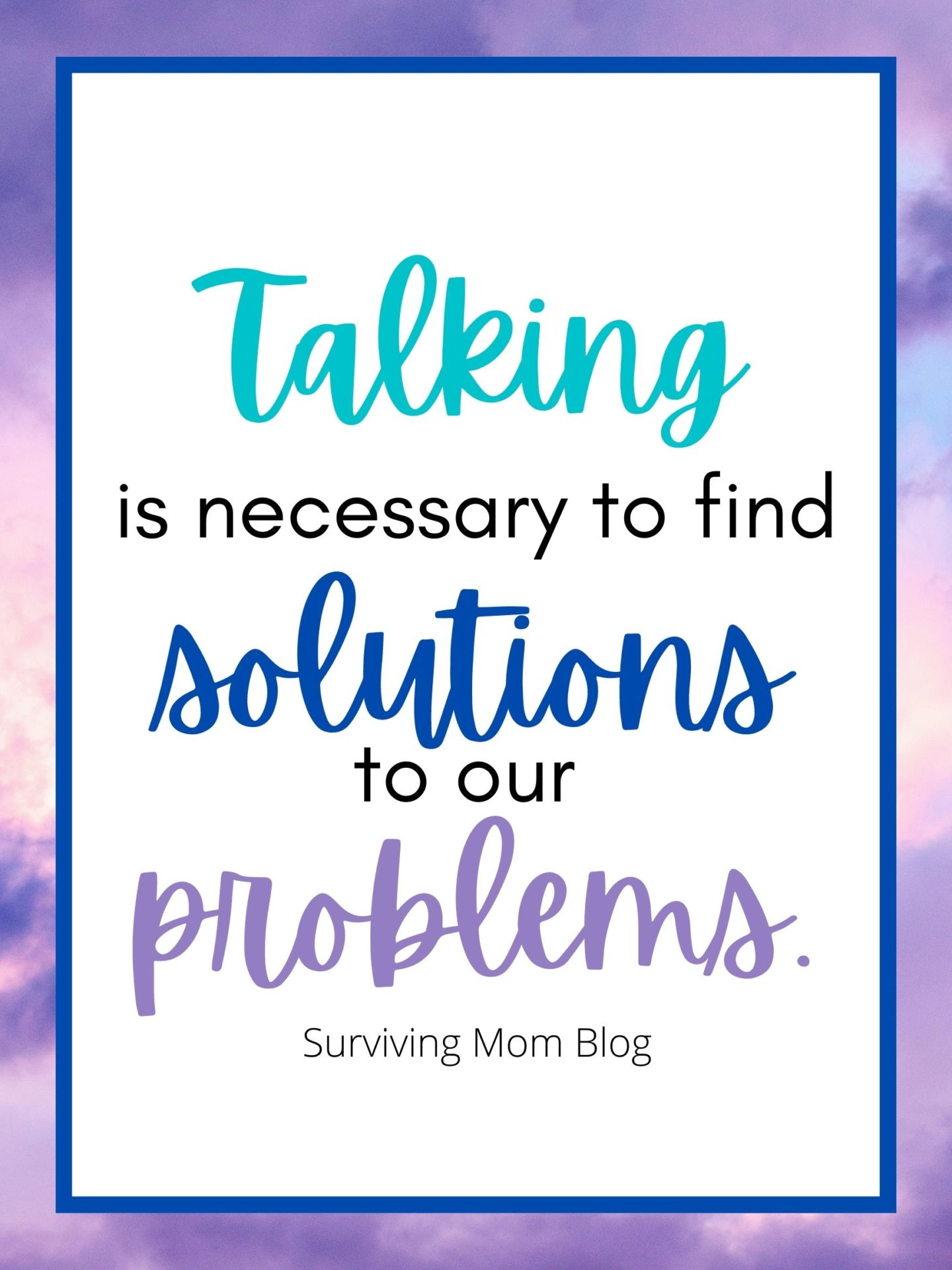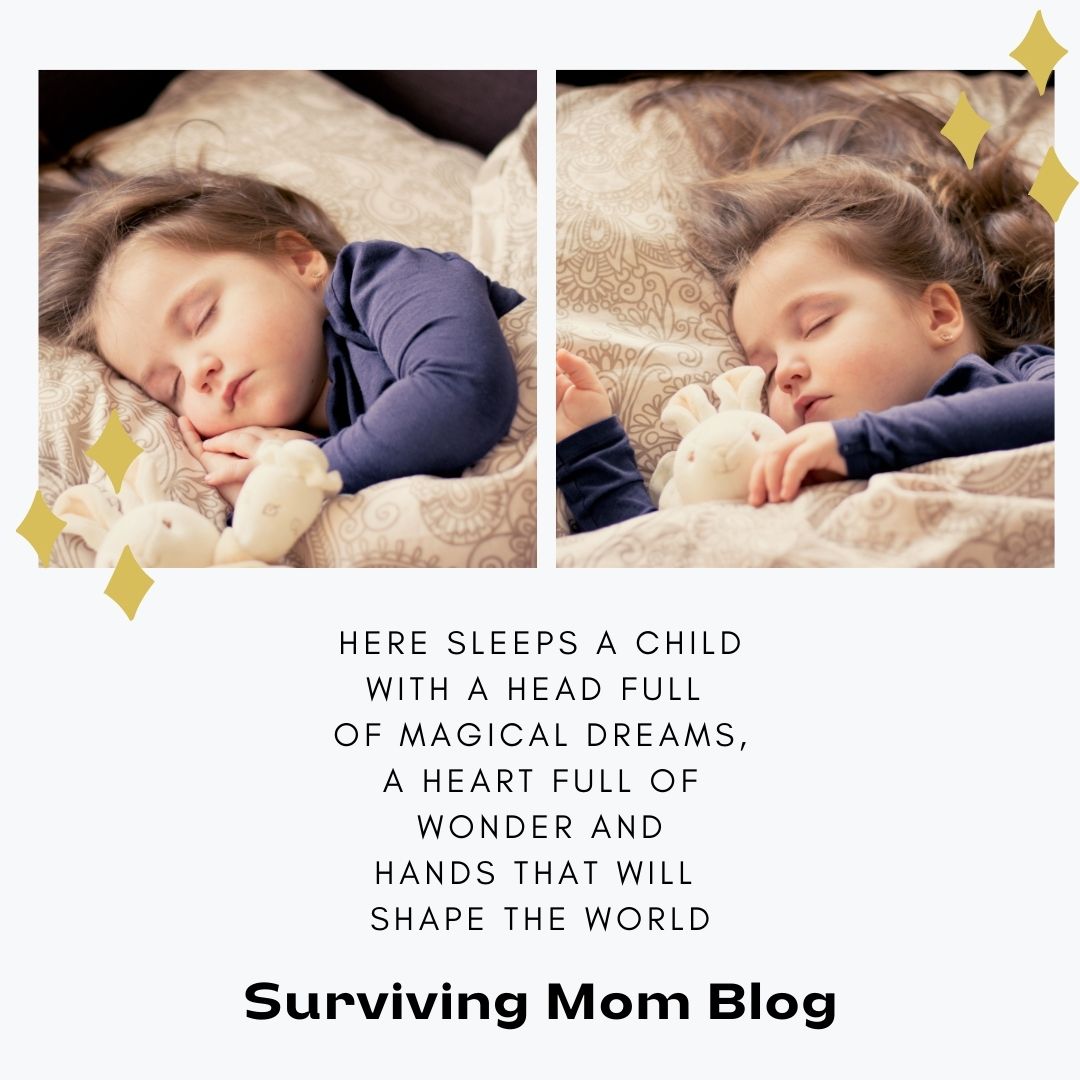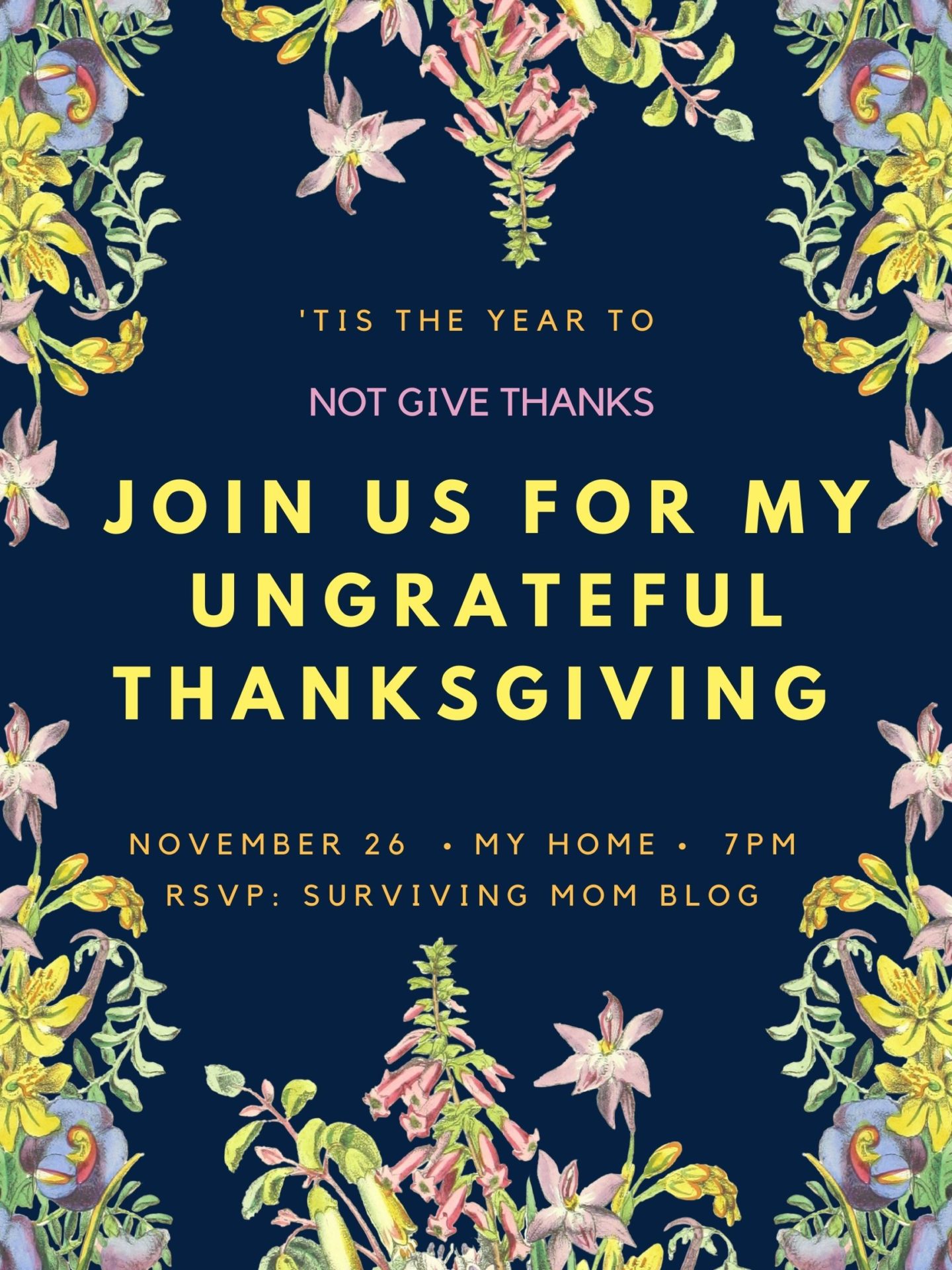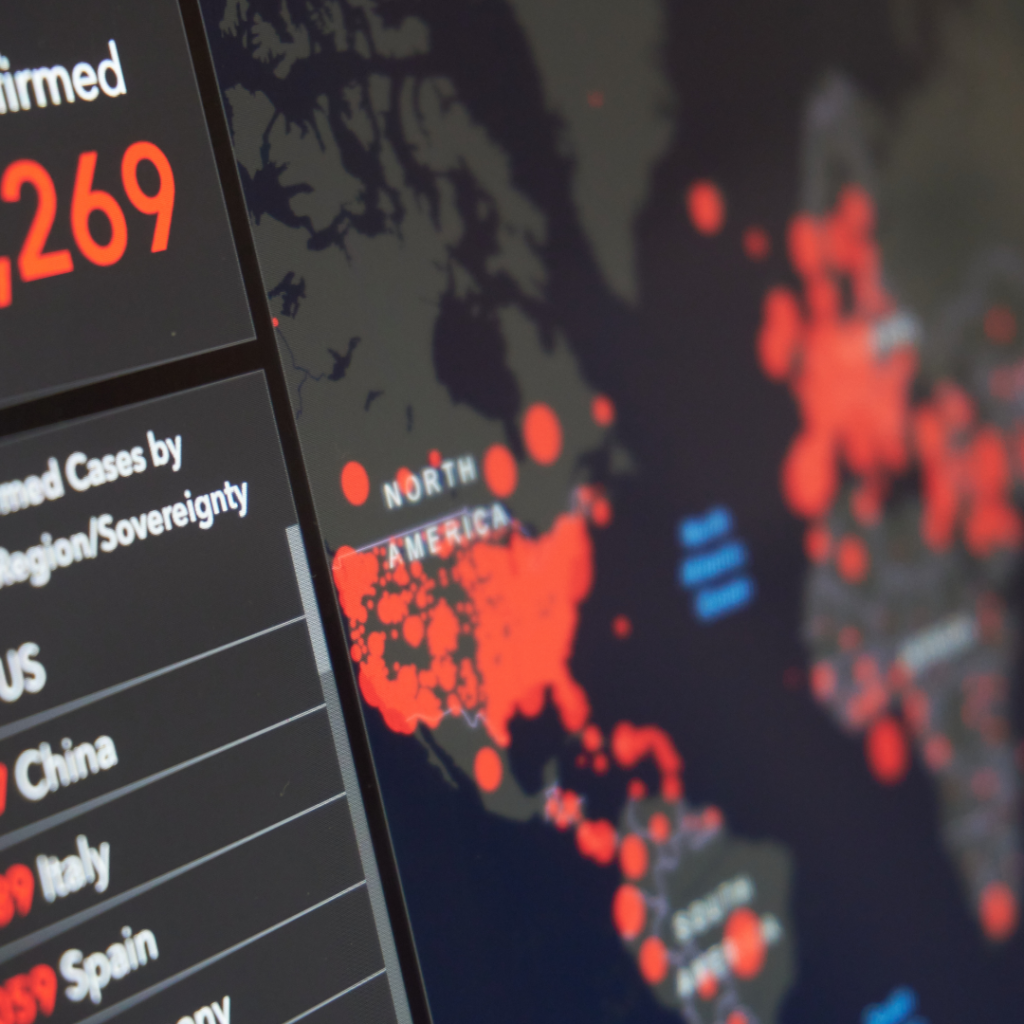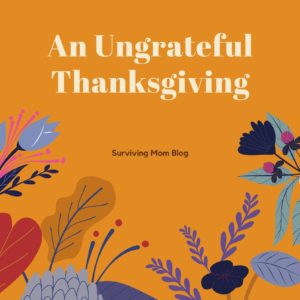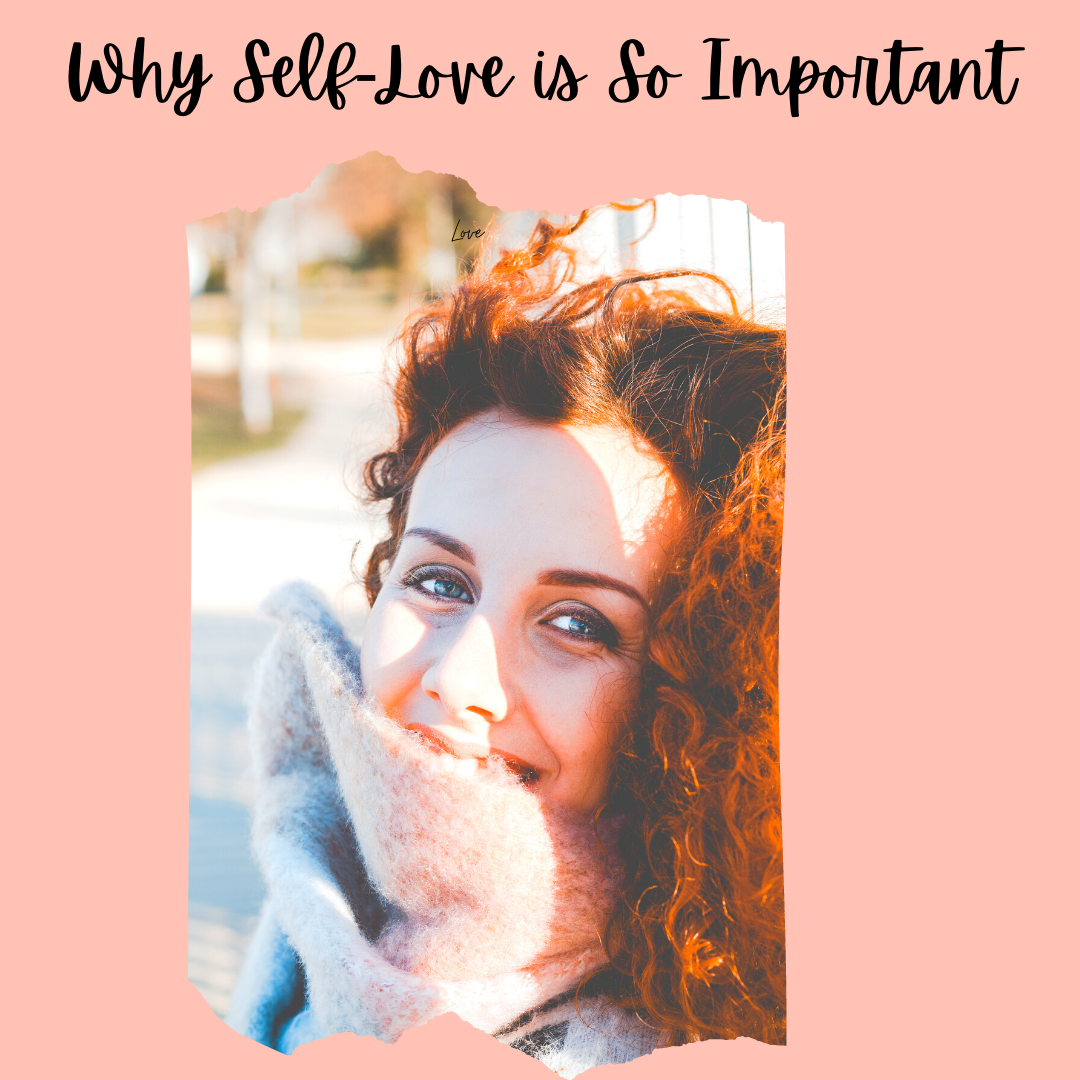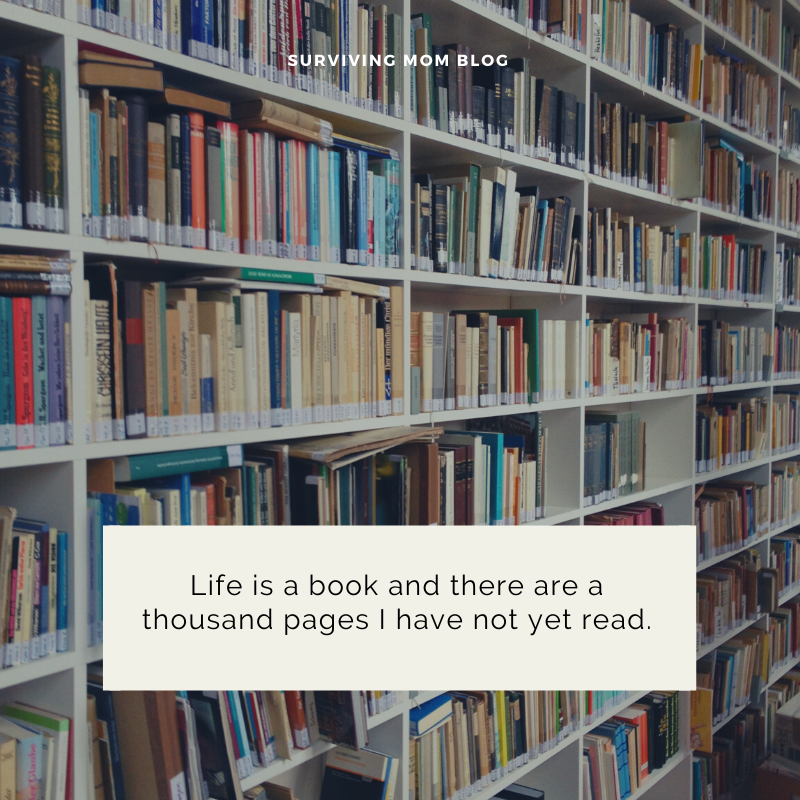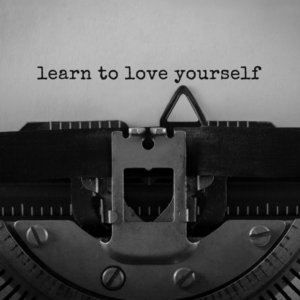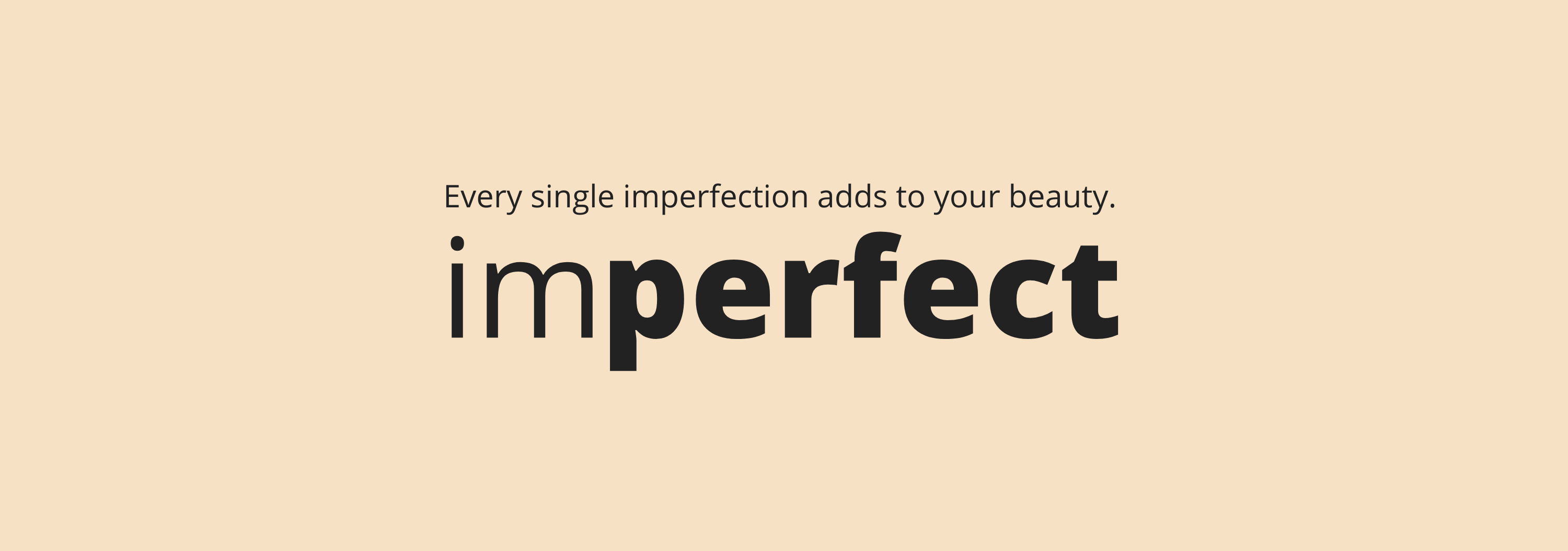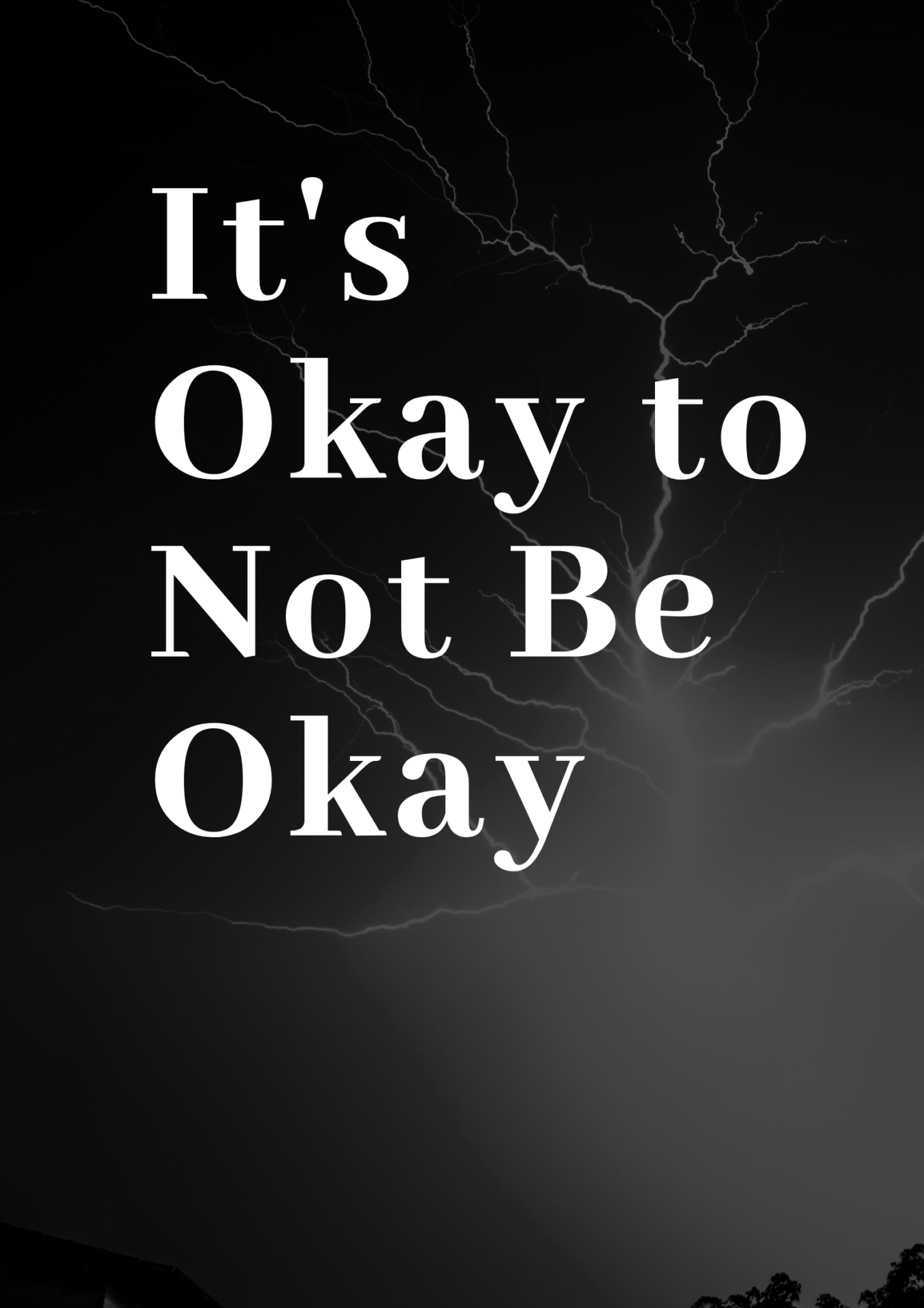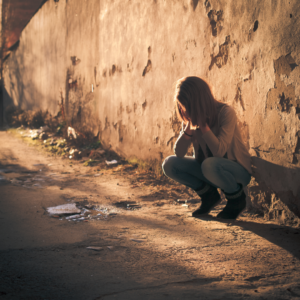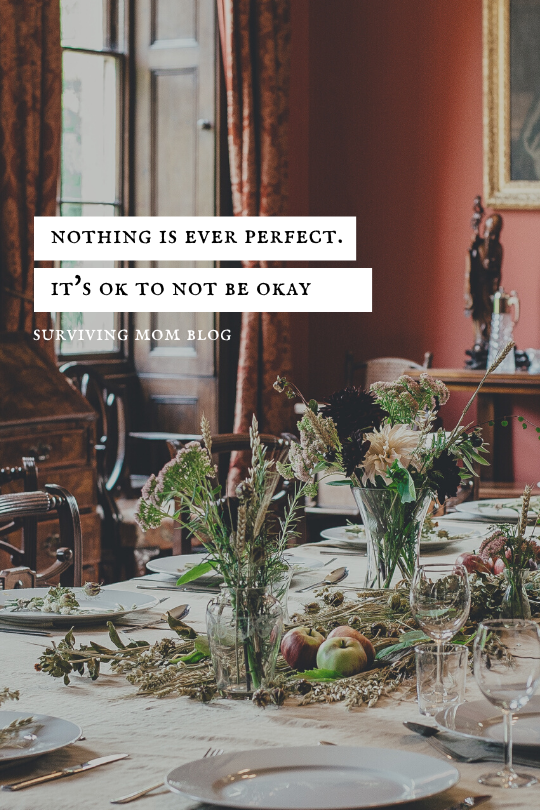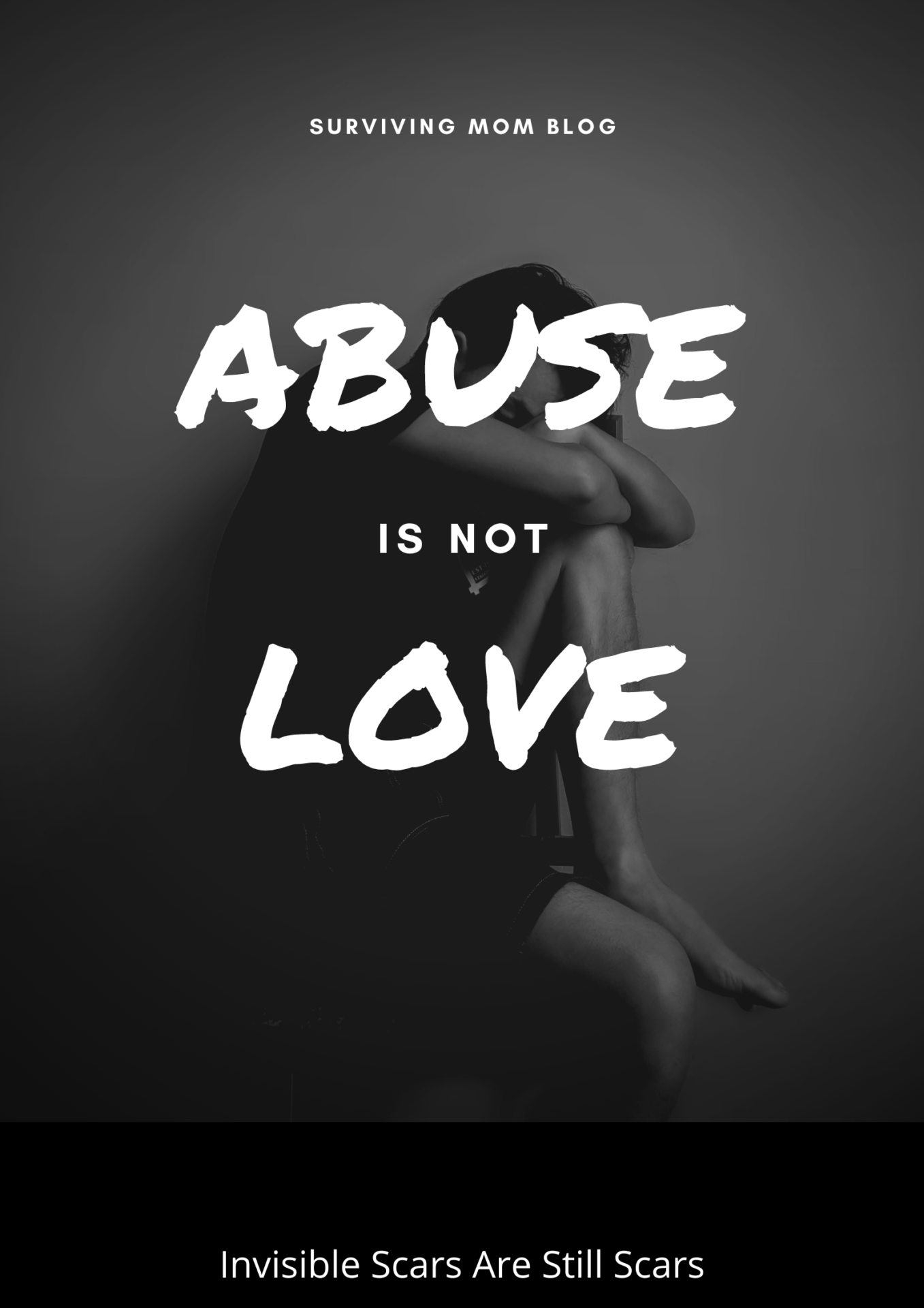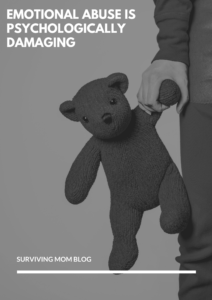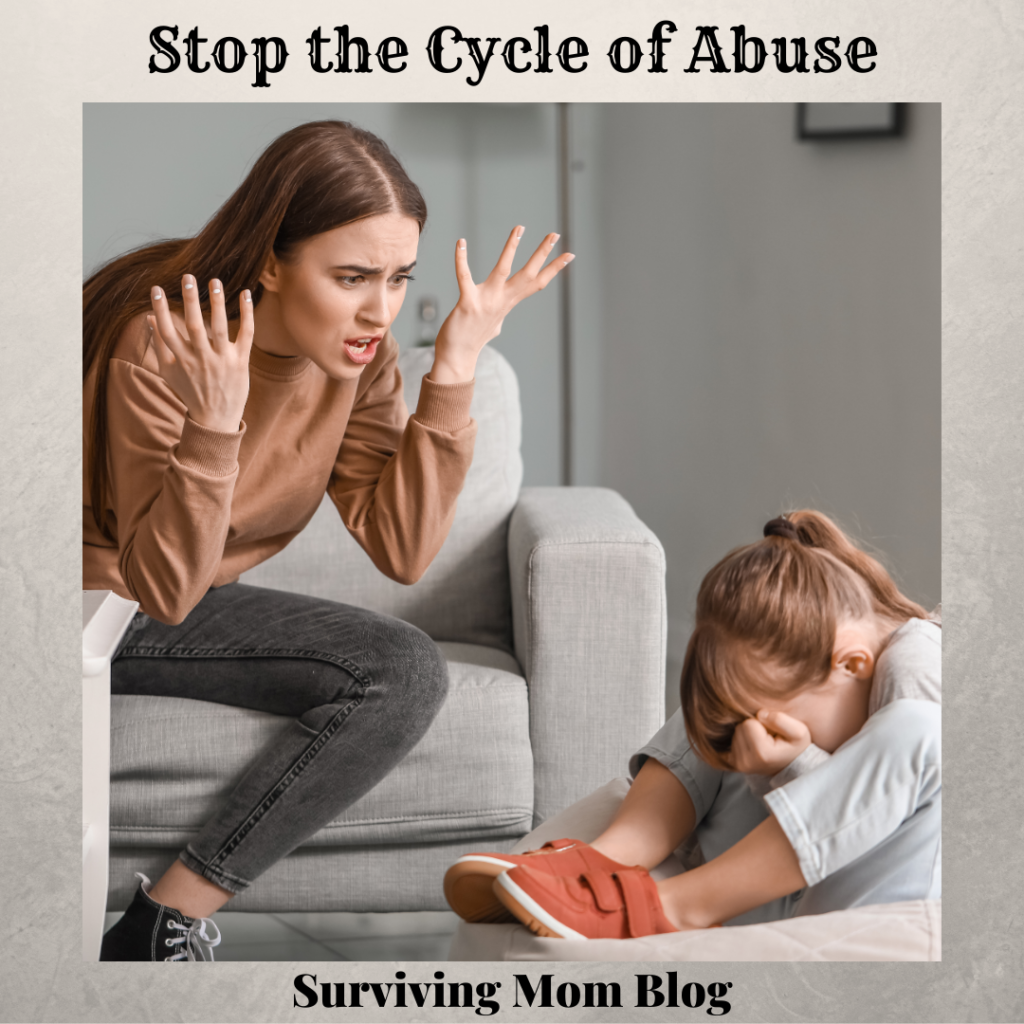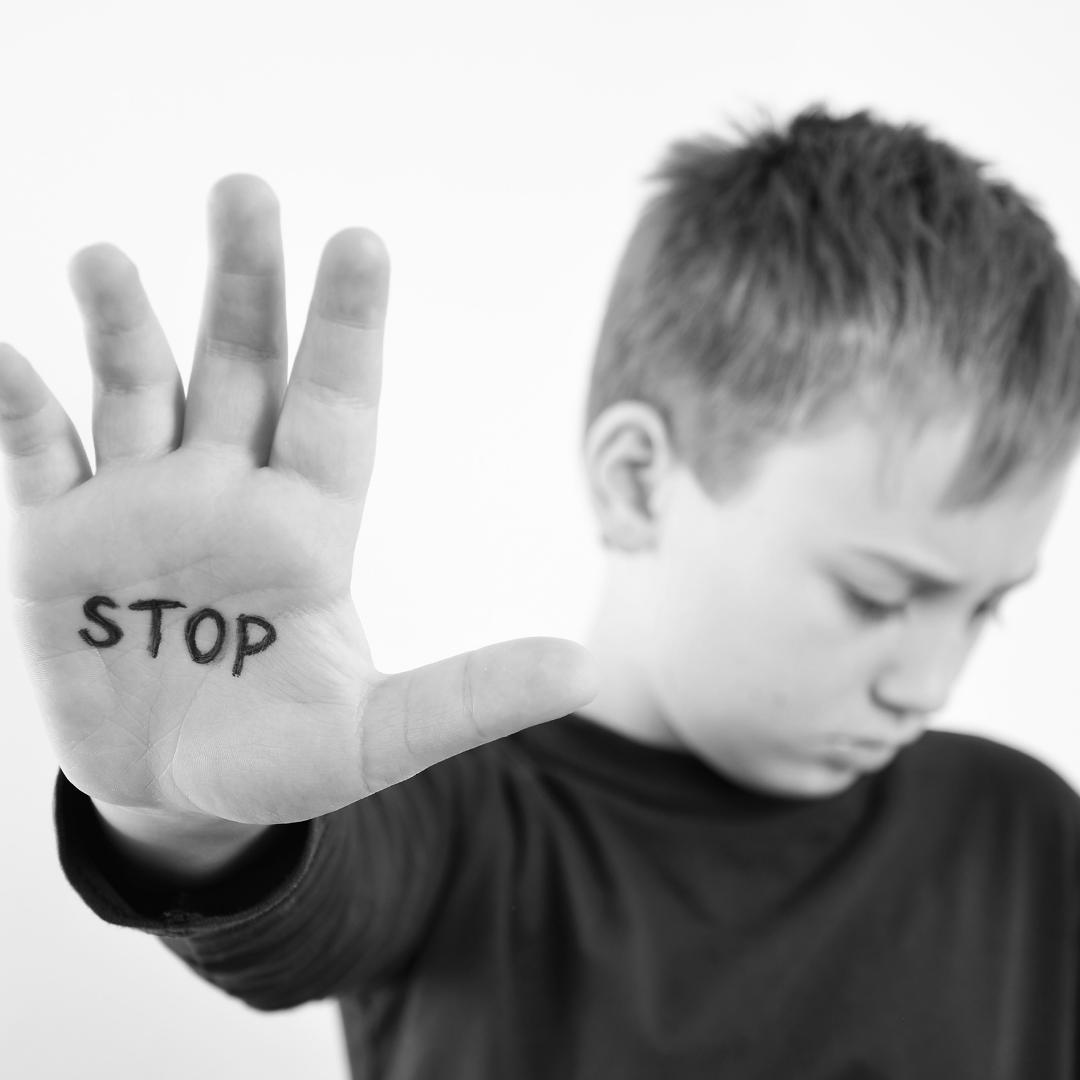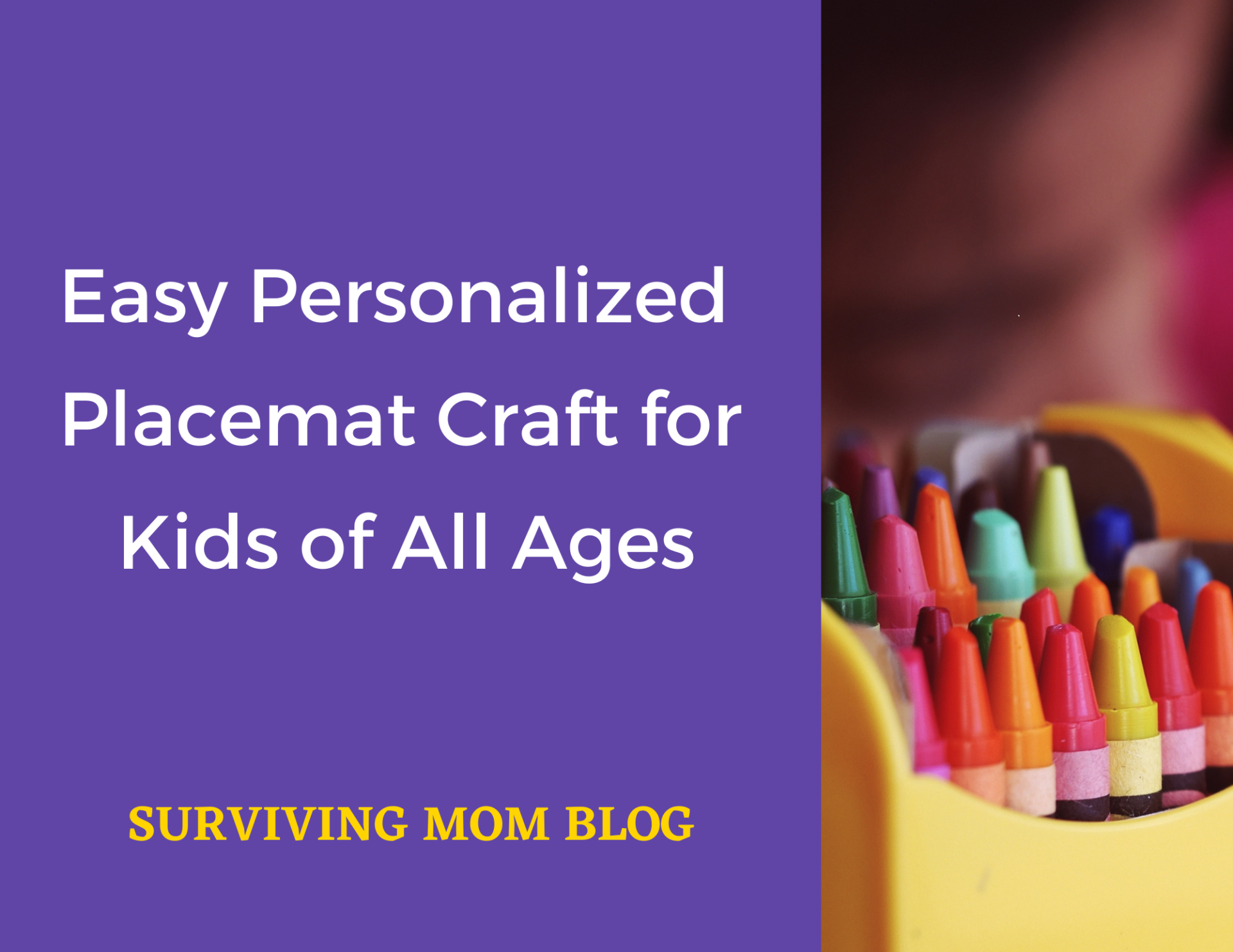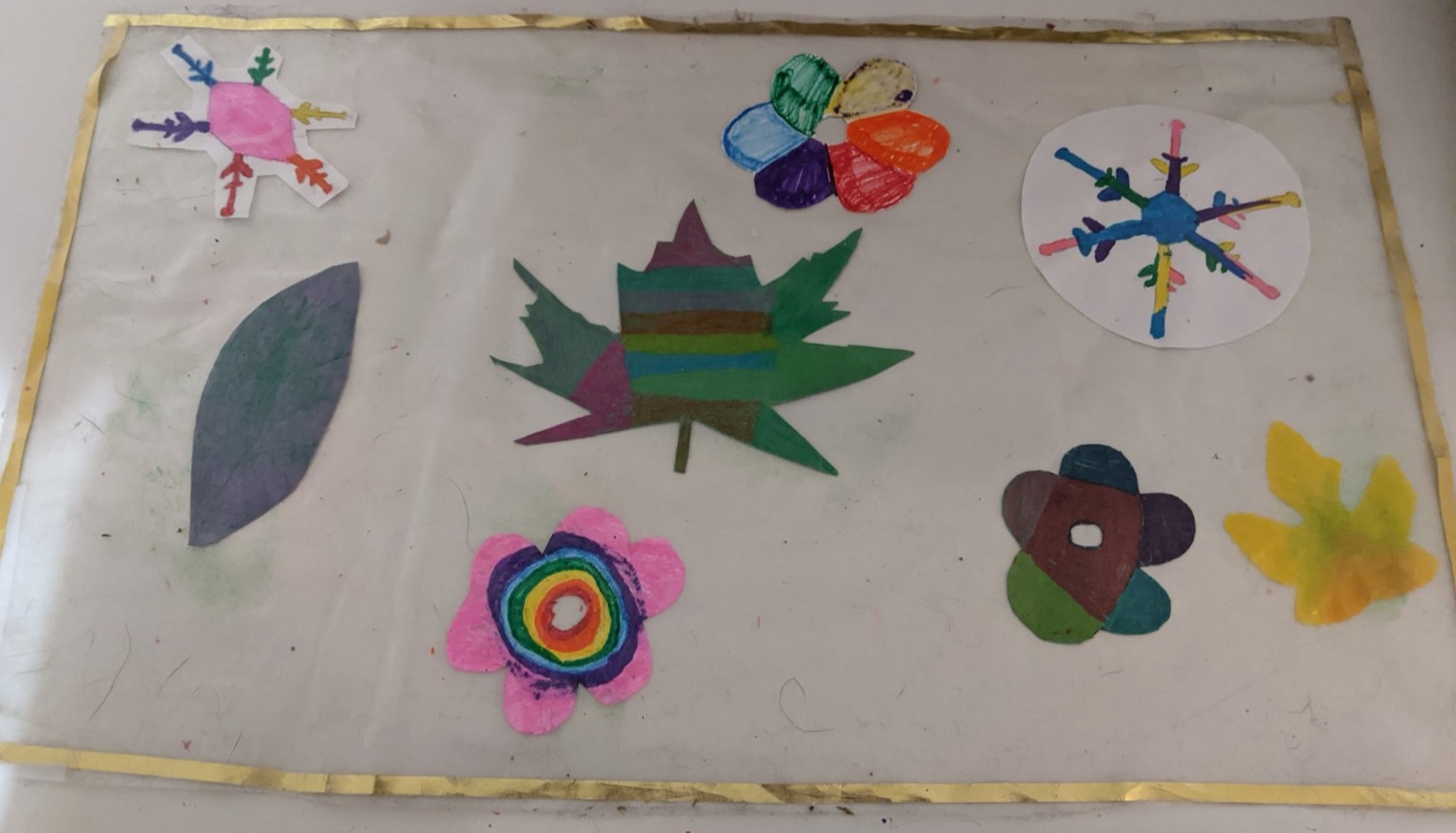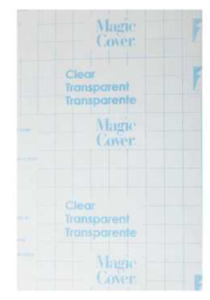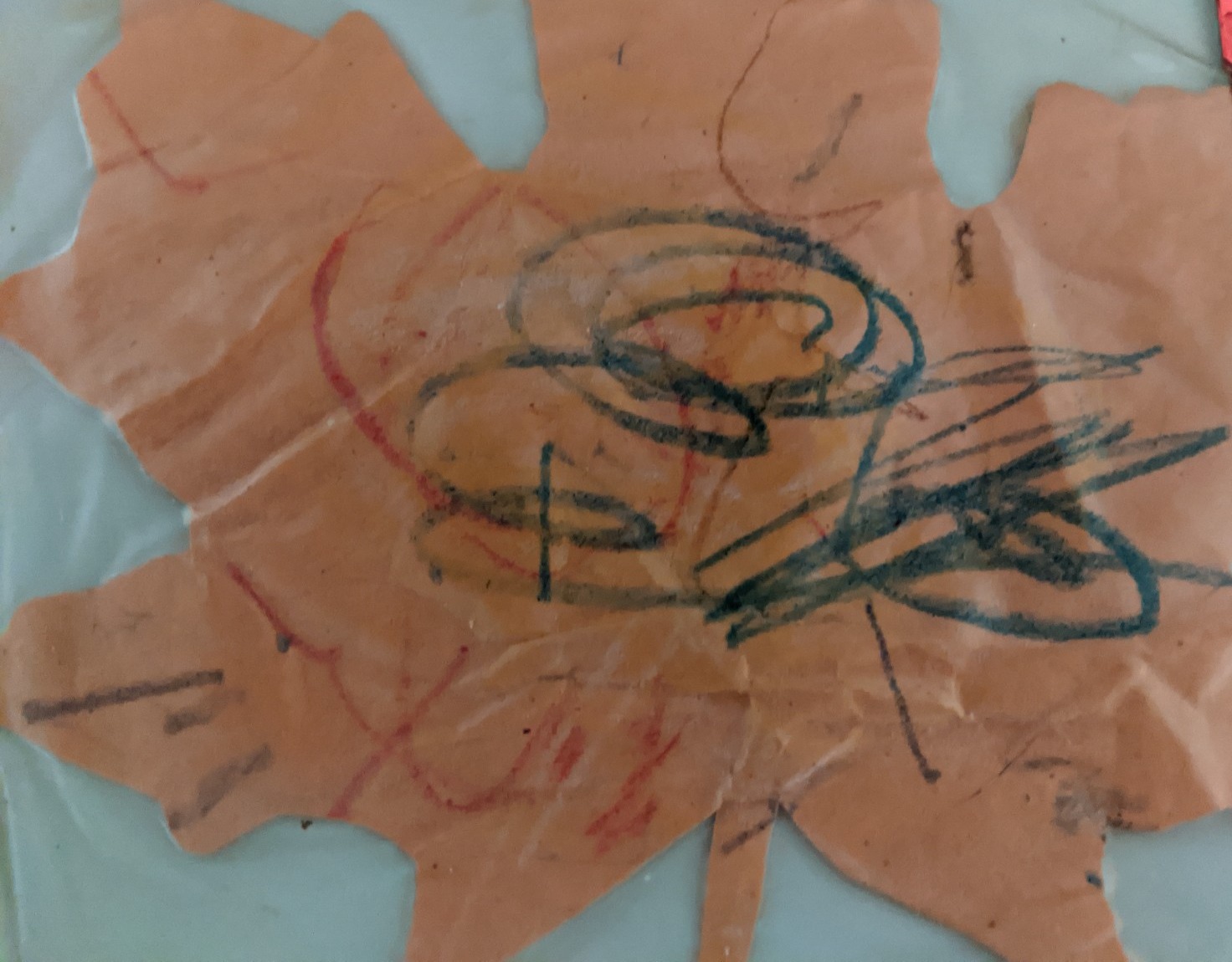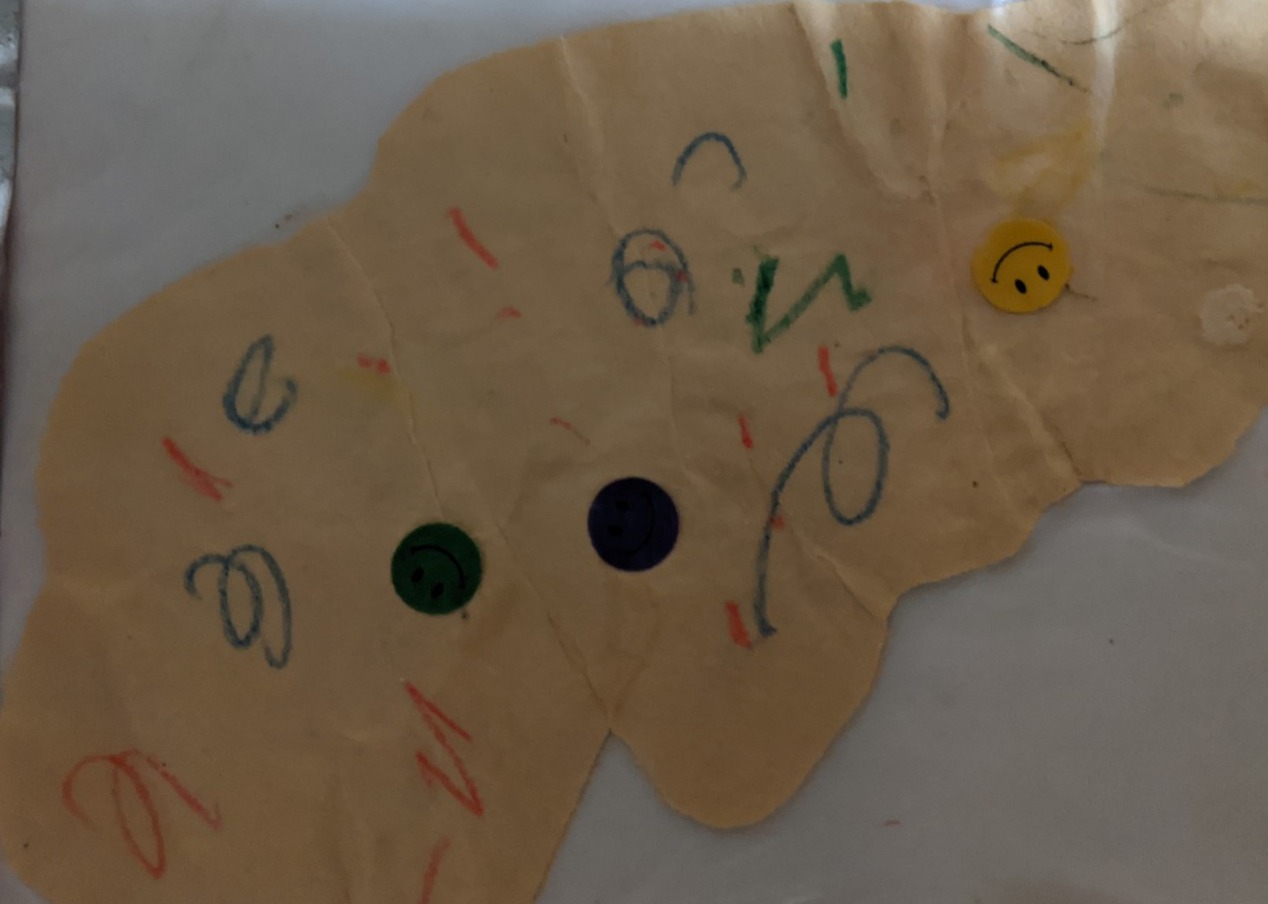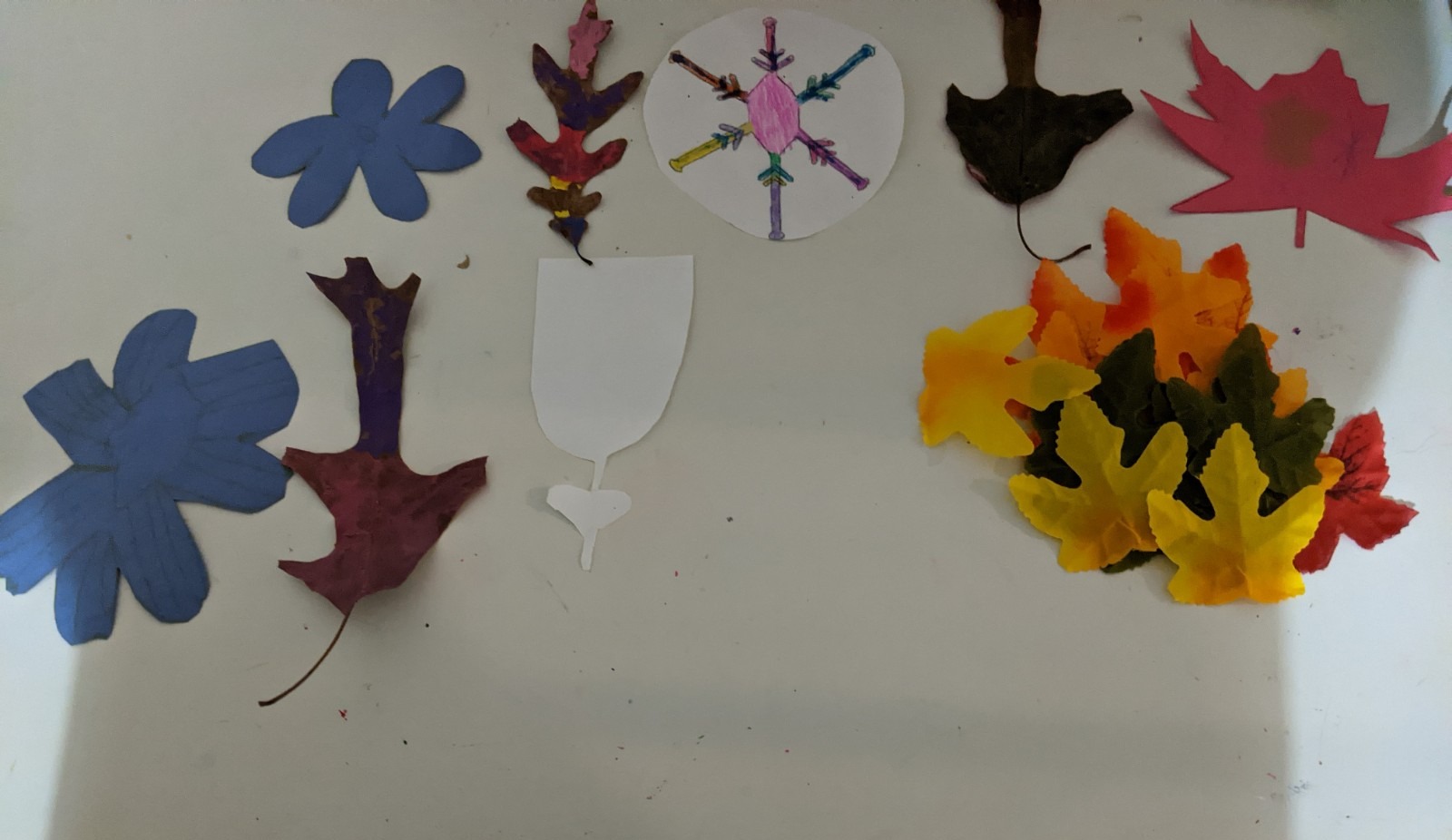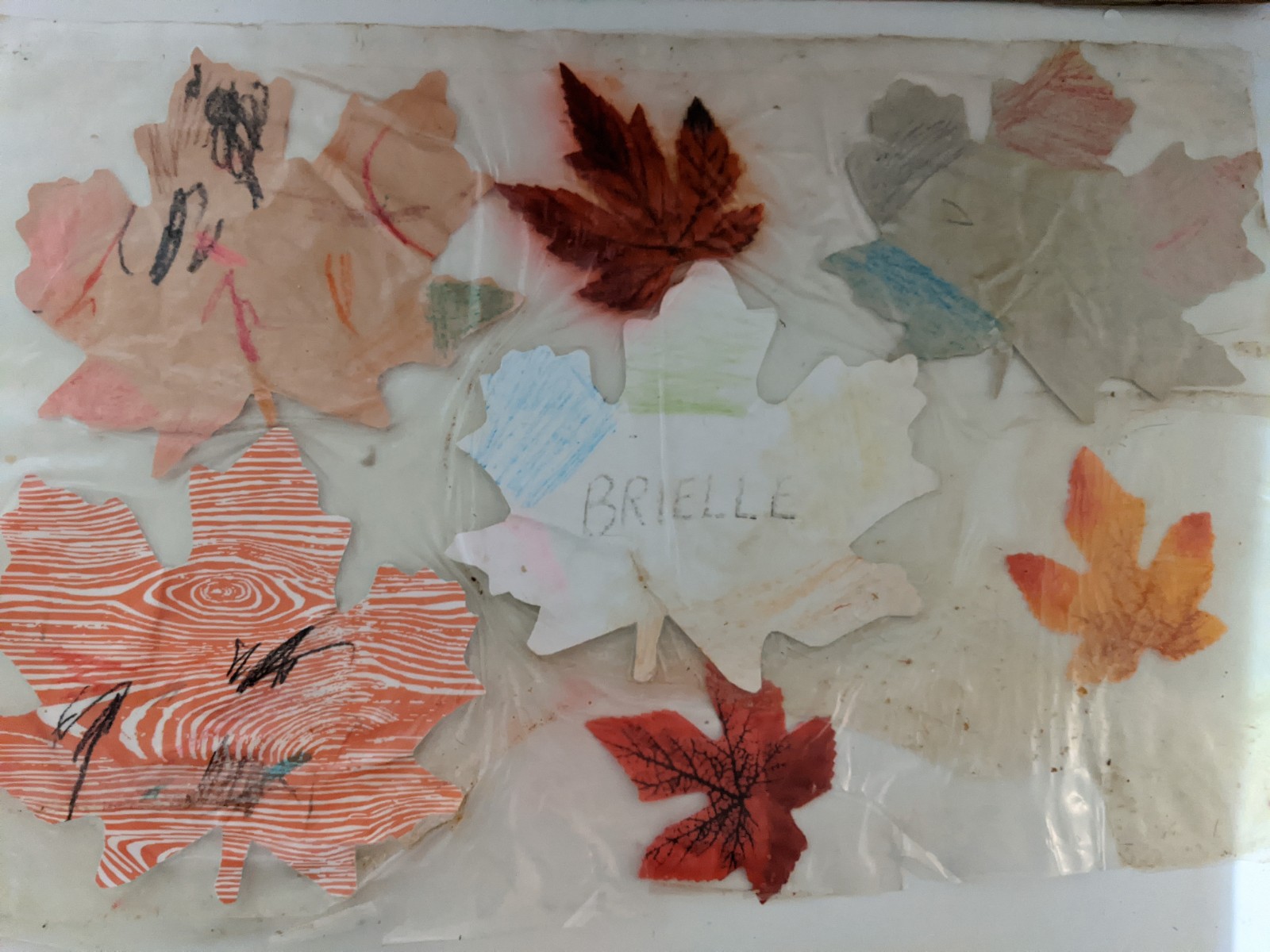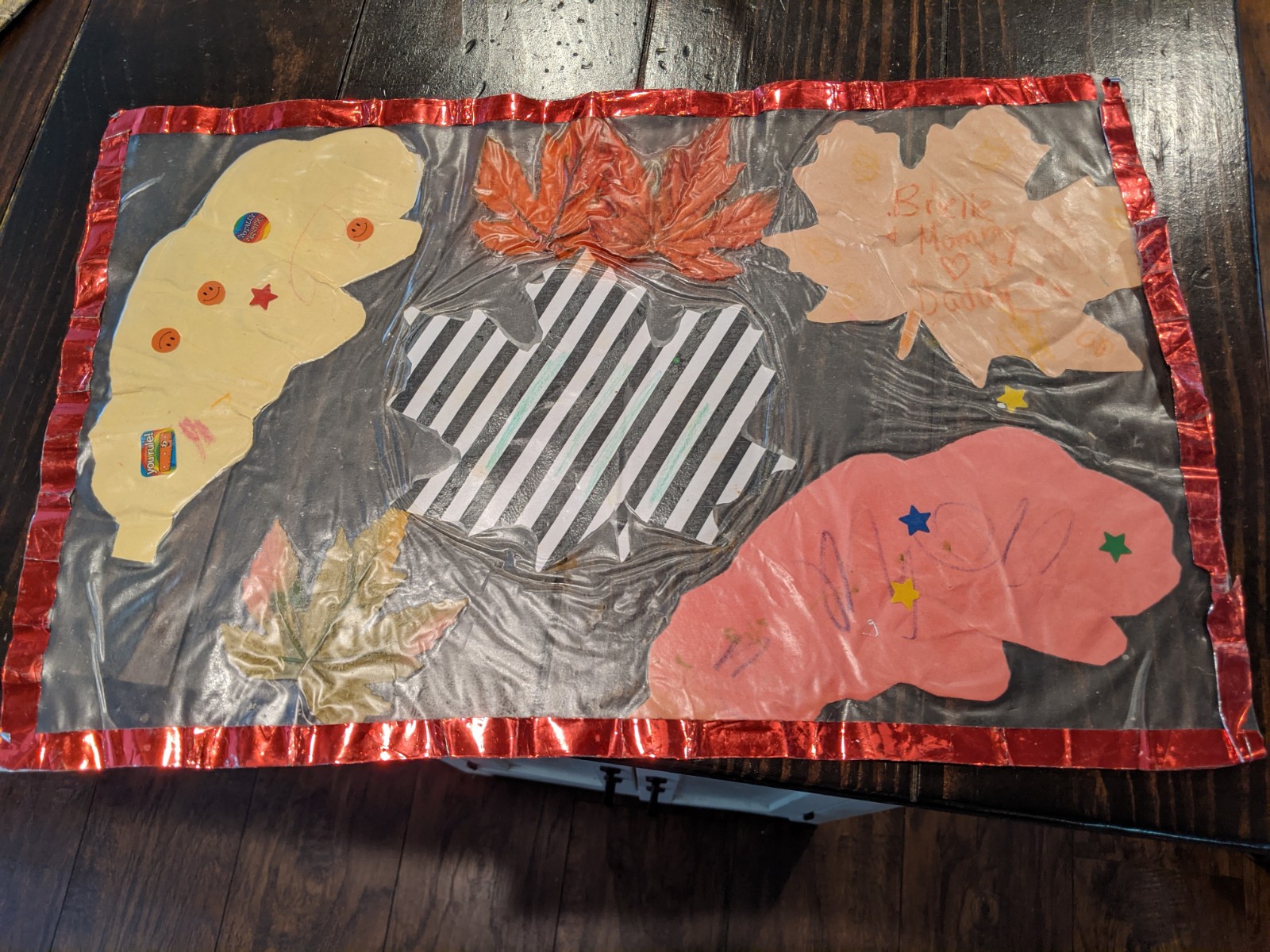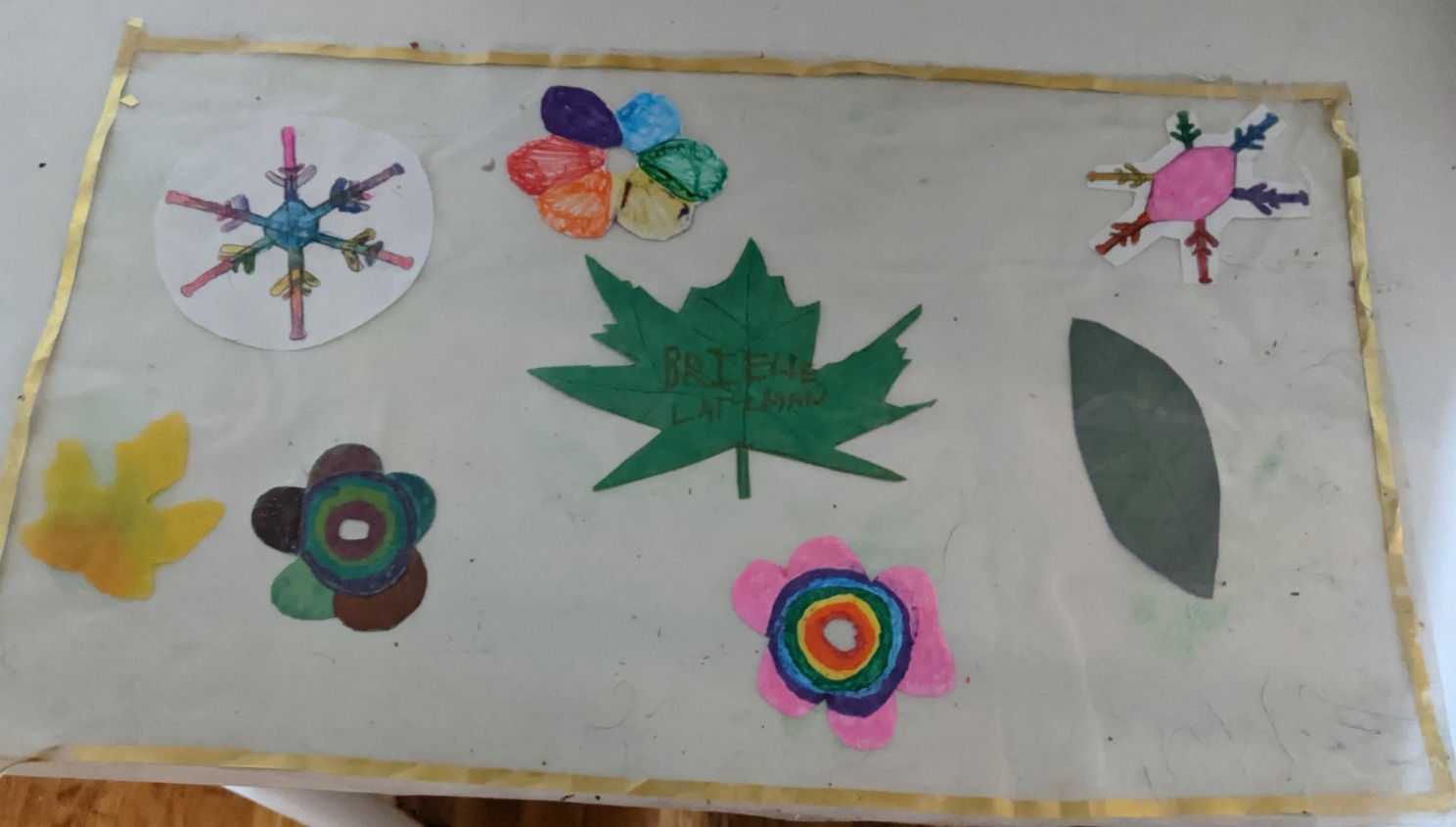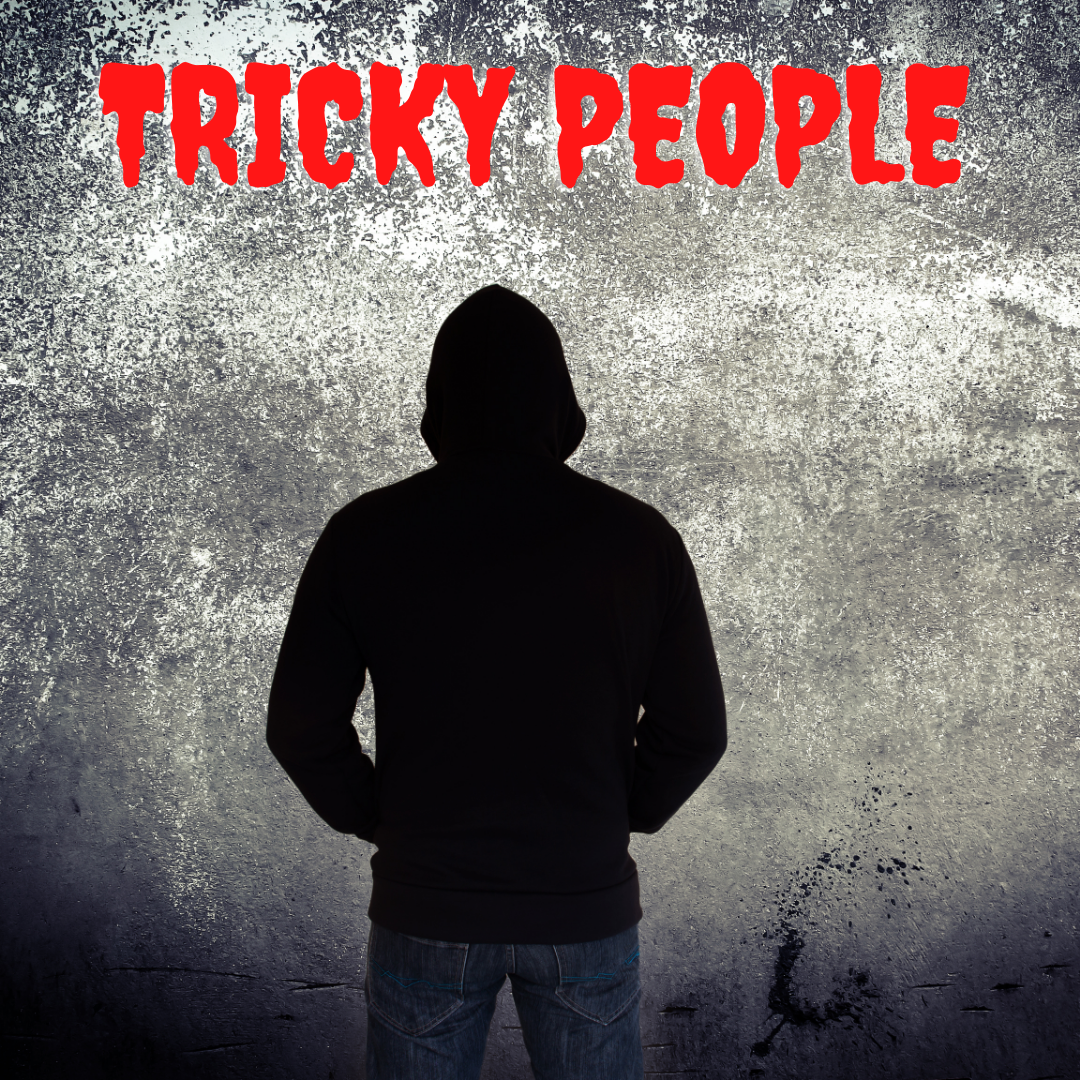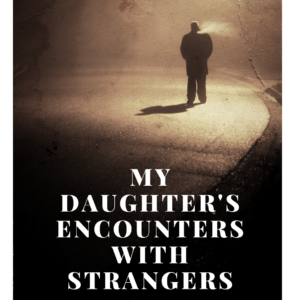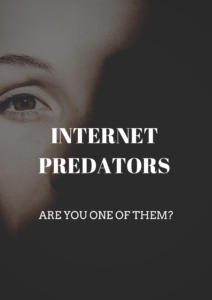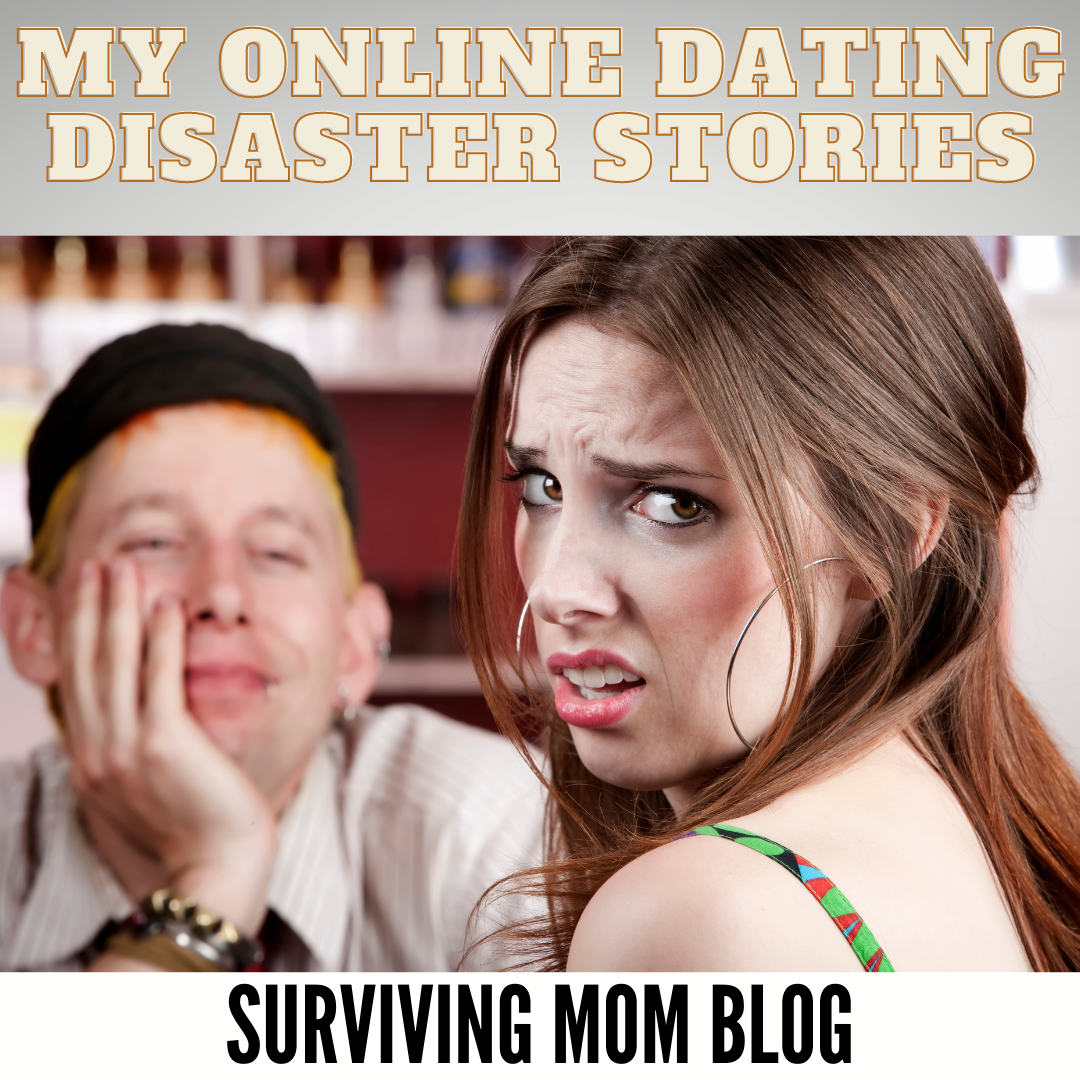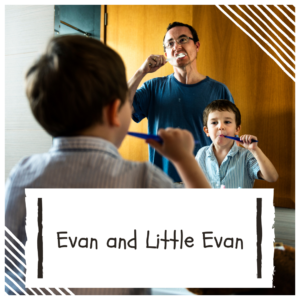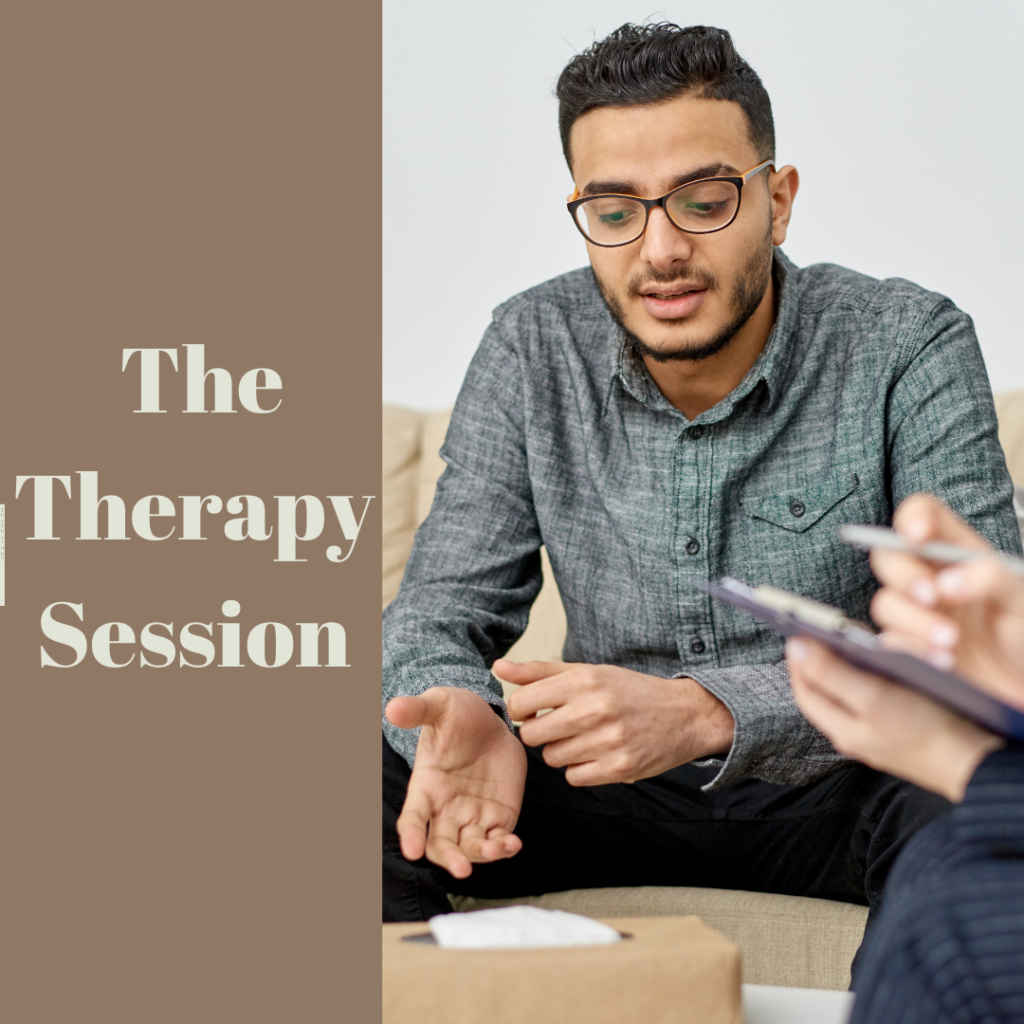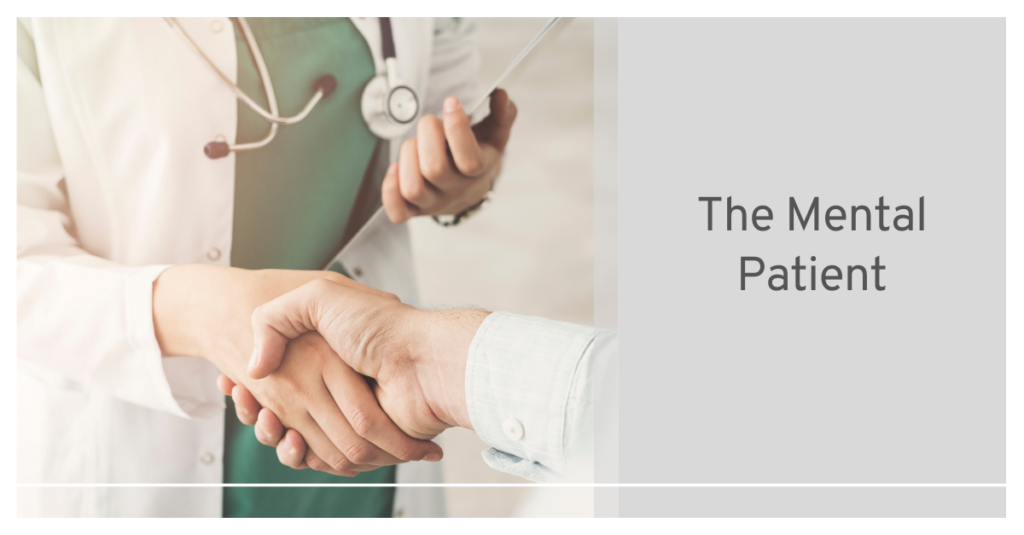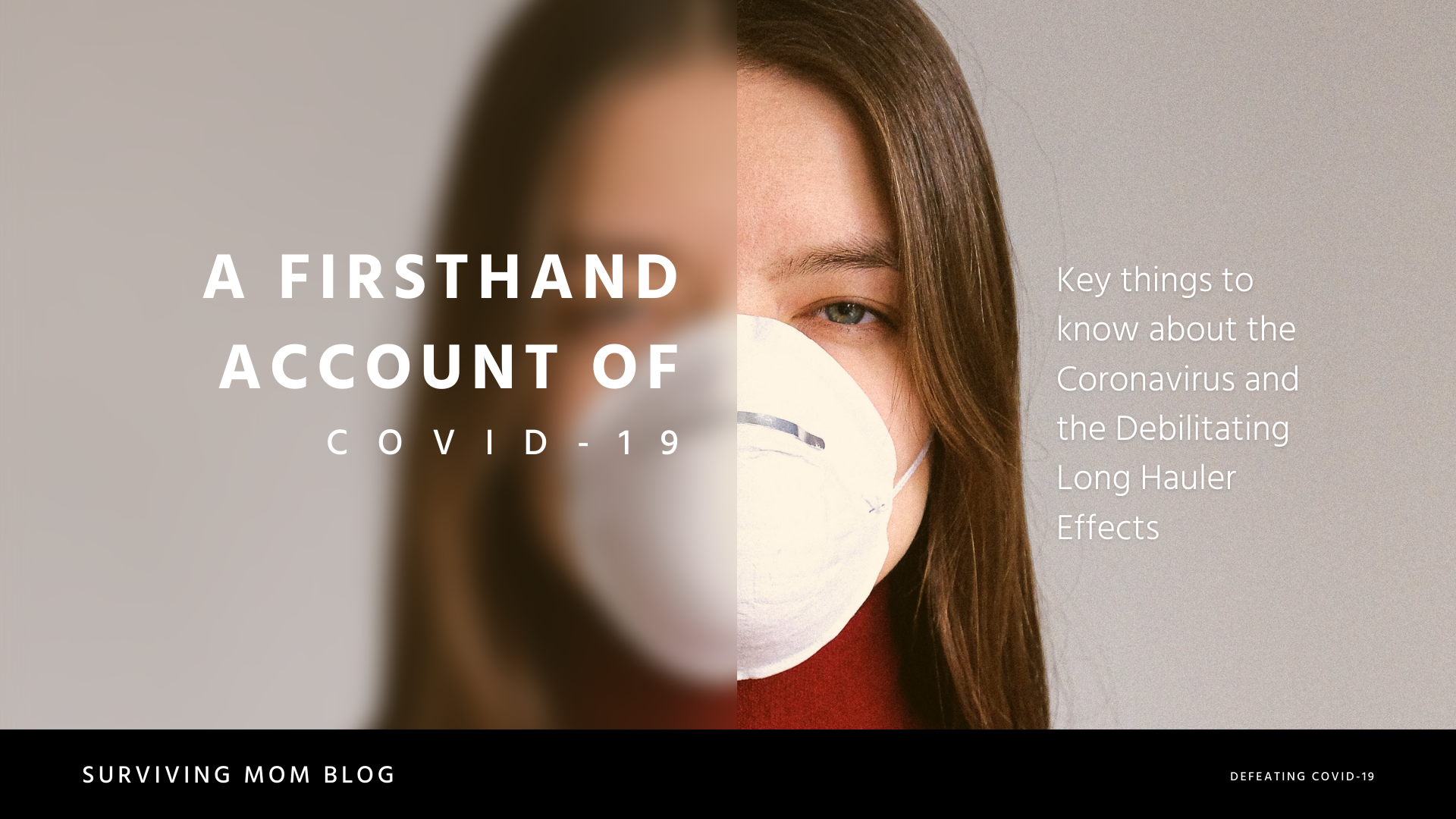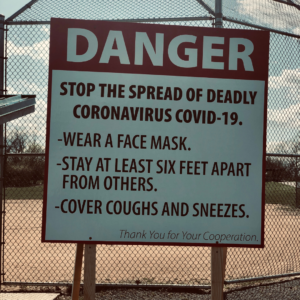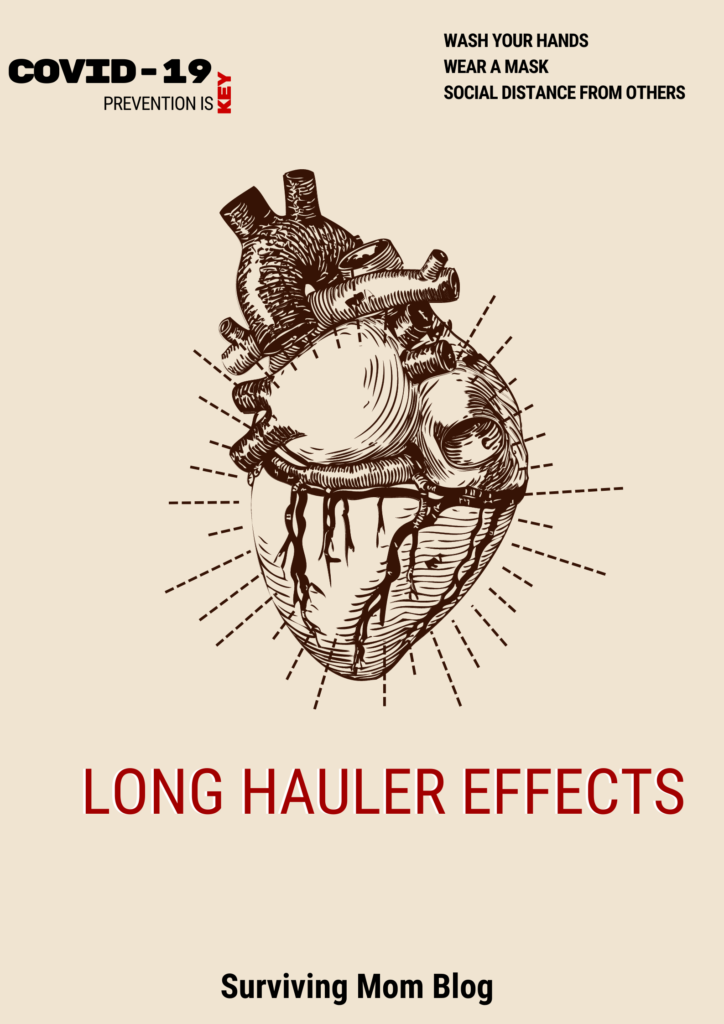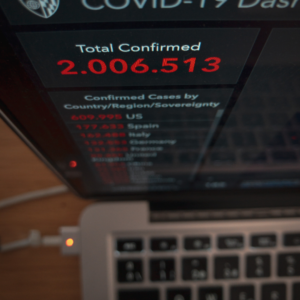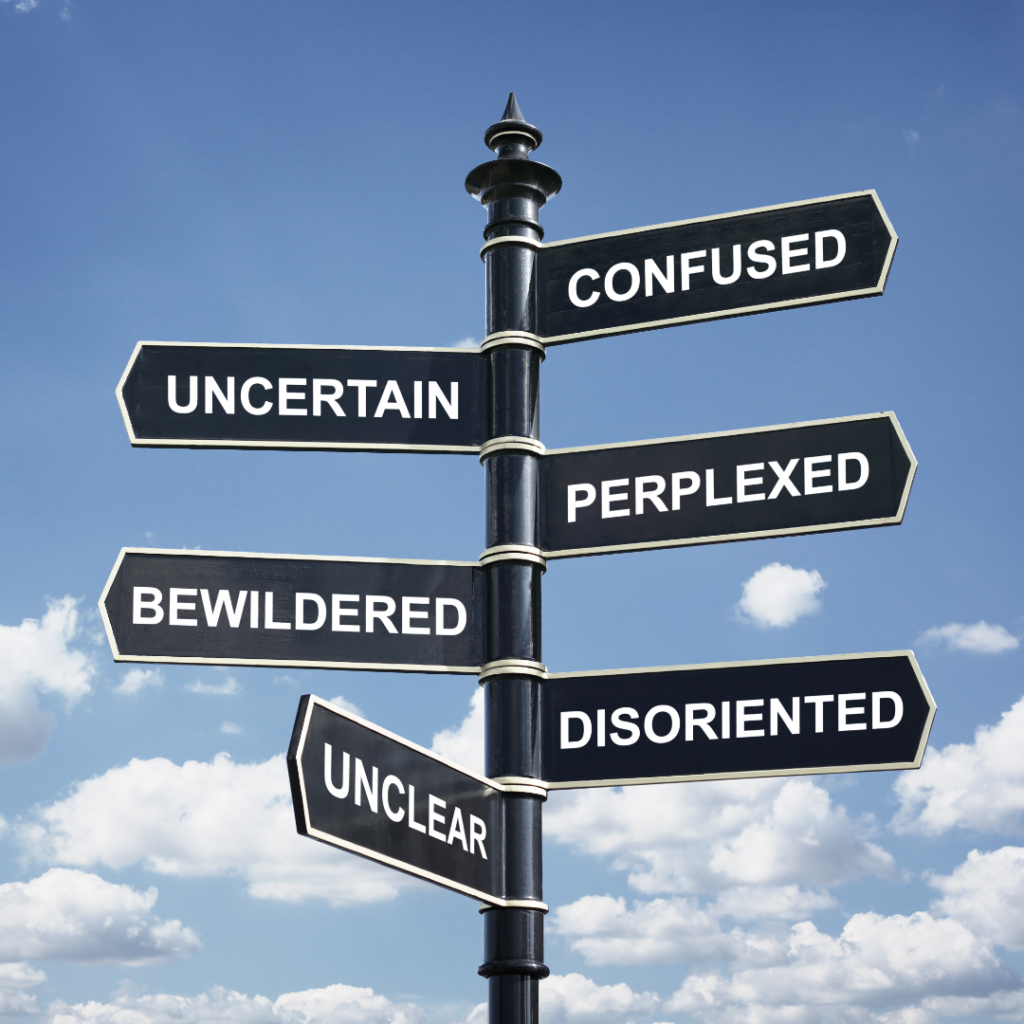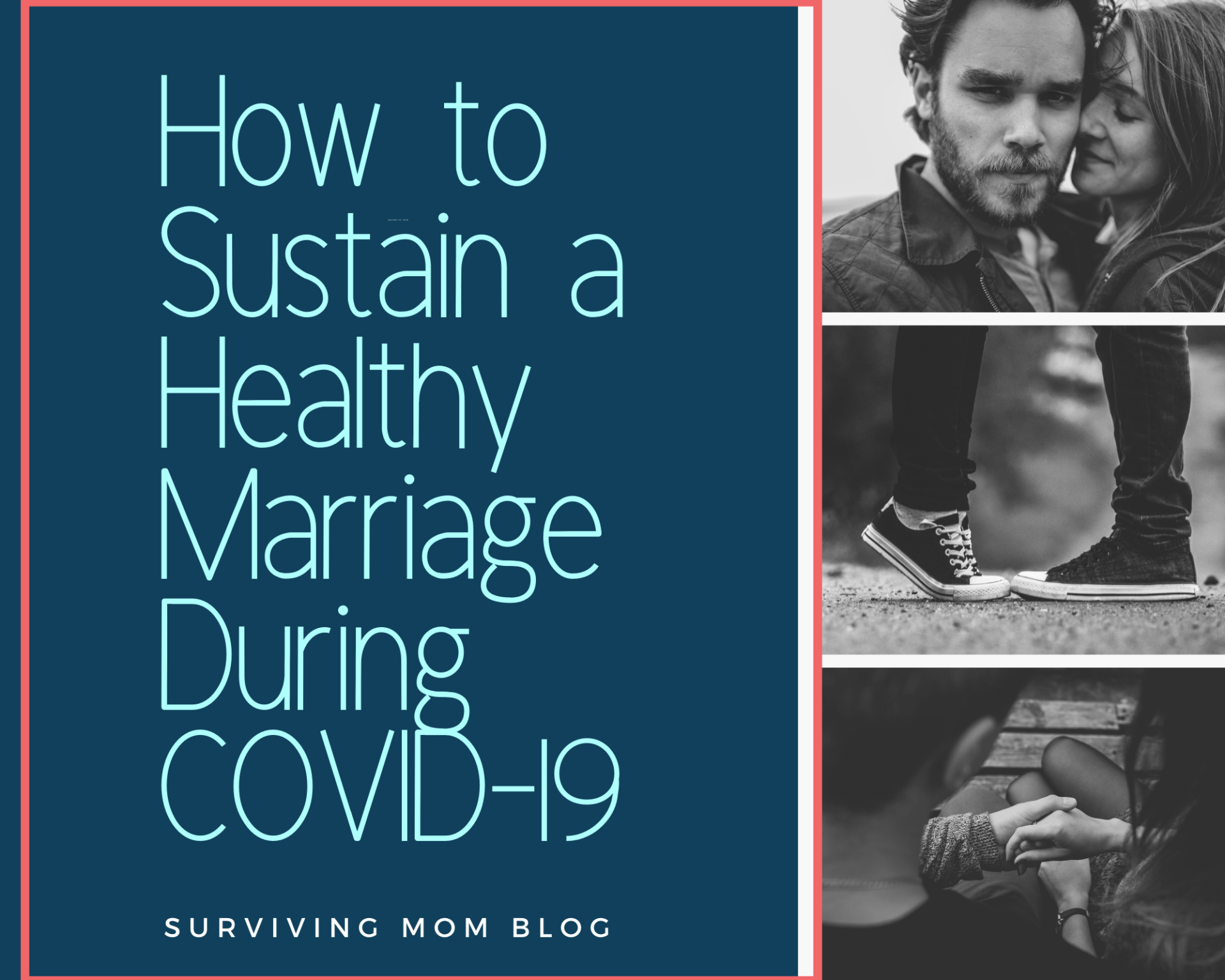
At the beginning of the pandemic, I heard jokes about how the birth rate would be at an all-time high. For many couples, this was an opportunity to spend time together that normally wasn’t afforded to us. What was fun and roses at first soon turned into annoyance and a deep desire to jump out the window to get some space. The walls seemed to get narrower with each passing day. I still think that there will be an increased birth rate- for people without children. For those of us with children, the coronavirus has truly tested the bonds of matrimony. Having a healthy marriage takes effort from both husband and wife. The pandemic has made that more difficult.
a healthy marriage needs love and work
Relationships need love and work to continue to flourish. The pandemic has put an increased strain on all of us. This strain cannot help but seep into your marriage. Having your children around you 24/7 with nowhere to go will make even the sanest of people go a little crazy. Having to take care of children and put work into your marriage while quarantined together? That’s a whole new ballgame.
I am happy to say that my husband and I have managed to not kill each other thus far. There are several reasons why we have stayed sane during this time and continue to have a healthy marriage:
tips and strategies to survive marriage
(1) You may not be able to go far, but you can still get some space
My husband started working from home at the beginning of the pandemic, as I’m sure many of you have done as well. Even though he is home, he doesn’t have to be around me all the time. He has an office where he stays during the day, so we aren’t together all the time. It’s nice to know that he is there if I need him, but Brielle and I typically keep to ourselves. Being around each other 24/7 isn’t healthy, and there is such a thing as too much time together!
(2) Divide responsibilities and take time for yourself
Whether you are a Stay-at-Home-Mom or a Working-at-Home Mom, the dynamics have changed because the kids are at home during the day. Take turns watching your kids with your spouse so that each of you can get your work done (whether that means job responsibilities or household responsibilities). At night, split up evening duties so you can each take a break. With all of us being in such close quarters, it is essential that we have time to ourselves. You can exercise, journal, meditate, or read a few pages of a book. Do something that is just for you. It will do wonders for your well-being to discuss with your spouse how you can each take a breather.

(3) Have date nights
Remember those? With kids around, we often forget that before we had our children, it was just the two of us. Just because you can’t go to a movie or go bowling doesn’t mean that your marriage goes by the wayside. Plan a date night at home! Every Saturday evening, my husband and I rotate planning a date. One date was listening to music and relaxing, one time we did a logic puzzle together (yes, that is our idea of a good time-don’t judge). One night where we watched a movie together and snuggled on the couch. On another date night we used Alexa and did an Escape the Room Challenge . Think outside the box, and come up with ways to keep the romance alive.
(4) Talk
Now you might think this one is ridiculous because you’re around each other a lot more than usual, so of course you are talking. You might be talking about bills, work, and adult responsibilities, but are you talking about your feelings? Lean on each other during this stressful time. Keep the lines of communication open, and don’t be afraid to tell your partner if you are feeling overwhelmed, sad, or stressed. Keeping those feelings to yourself will cause resentment and tension in your marriage. Be honest with each other about how you are feeling, and don’t be afraid to ask for help (aka strategy #2).
Just as you need to talk about negative emotions, it is equally important that you talk about positive emotions. Acknowledge your partner’s efforts and vocalize your love and appreciation. Talk about lighter subjects too. Tell your spouse about the funny thing your kid did (or annoying thing, which is more probable under these circumstances). If you aren’t around each other all the time (aka strategy #1), there will always be things to share.
(5) A healthy marriage requires friendship
Even with kids around, you can spend time together cooking dinner. Share common interests (such as a board game you both enjoy) as well as supporting each other’s hobbies (listen to your spouse’s favorite band).
 (6) Keep the spark alive
(6) Keep the spark alive
I understand that during a pandemic most of us are living in sweatpants and haven’t put on makeup in months (or is that just me?). Just as you need to continue to have date nights, you need to put in the effort to bring sexy back. Wear a cute outfit, put on some music and slow dance, or take a few seconds to give your spouse a quick kiss in between wrangling your children. Just as friendship is essential for marriage, so is intimacy.
(7) Remember you are both on the same team
Children are great at manipulating their parents. Remember that you need to work together like a well-oiled machine to make life together work. Raising children is HARD. Life is HARD. Marriage is HARD. You need to work together to parent your kids. Being on the same page is important during a pandemic, as well as throughout your marriage. With tensions so high, it is easy for you to turn on one another. At the end of the day, remember that a win for either you or your spouse is a win for both of you. Talk through difficult issues (aka strategy #4), and try to understand and support each other through this stressful time. Conflict is inevitable, but how you resolve conflict can make all the difference.
(8) Forgiveness
This is something that is necessary in all relationships, but especially in your marriage. Stressful times can bring out the worst in all of us. We may say and do things that we regret. We need to have compassion for ourselves and each other during this pandemic. Remember you are a team (aka strategy #7), and that marriage is being there for one another during the best and worst of times.
Keeping your marriage healthy is a challenge under normal circumstances. Now, more than ever, we need to appreciate and support the ones we love. This is essential in any relationship. Implement these suggestions, and there is hope that couples can come out of this pandemic with newfound love and respect for one another.
